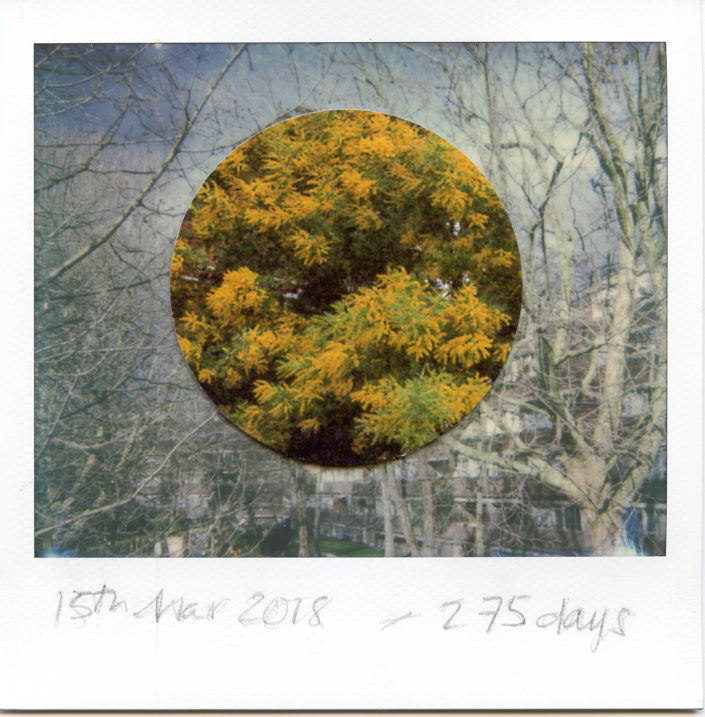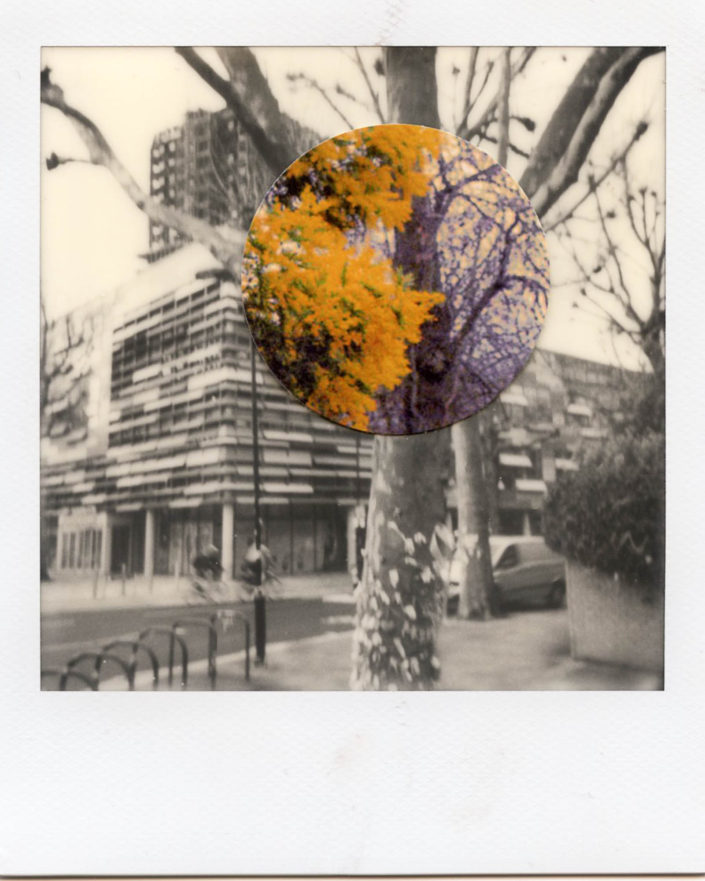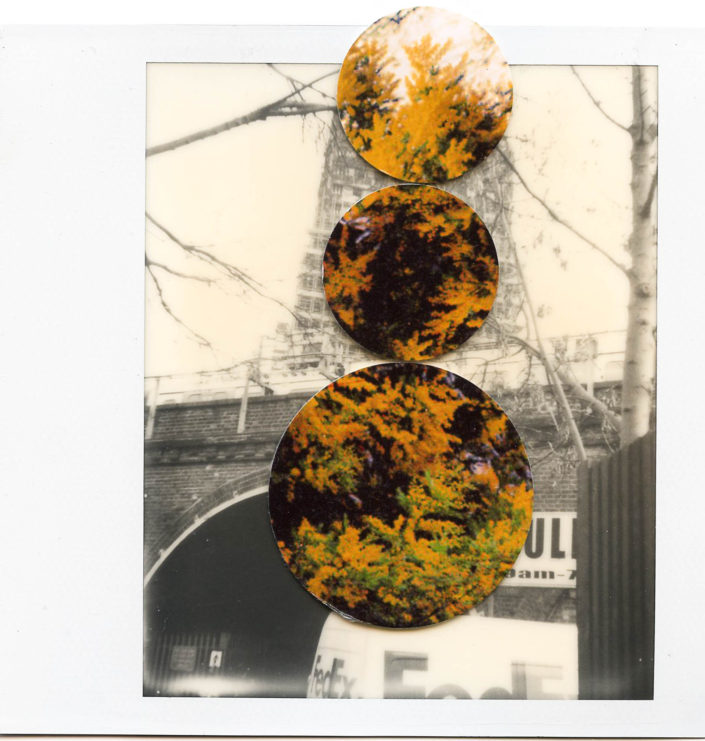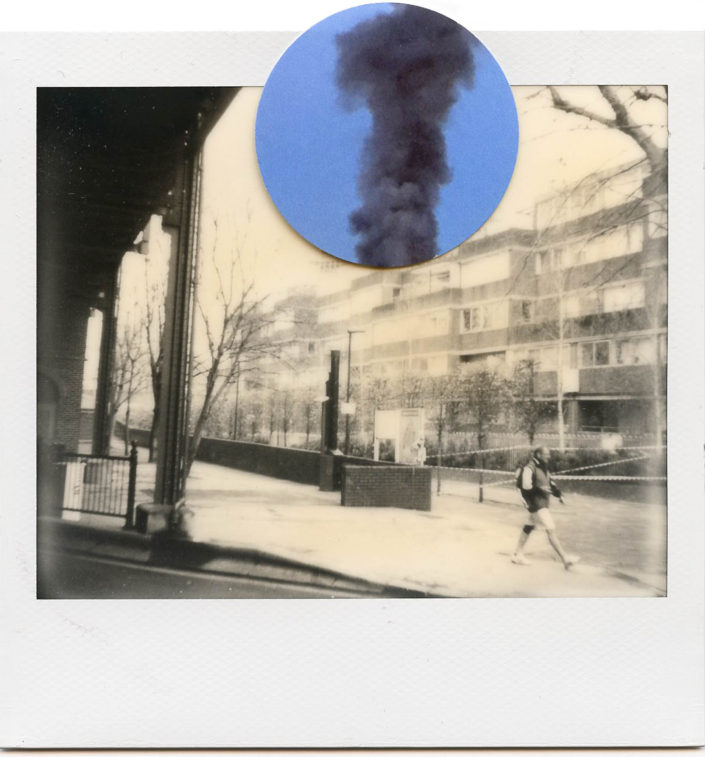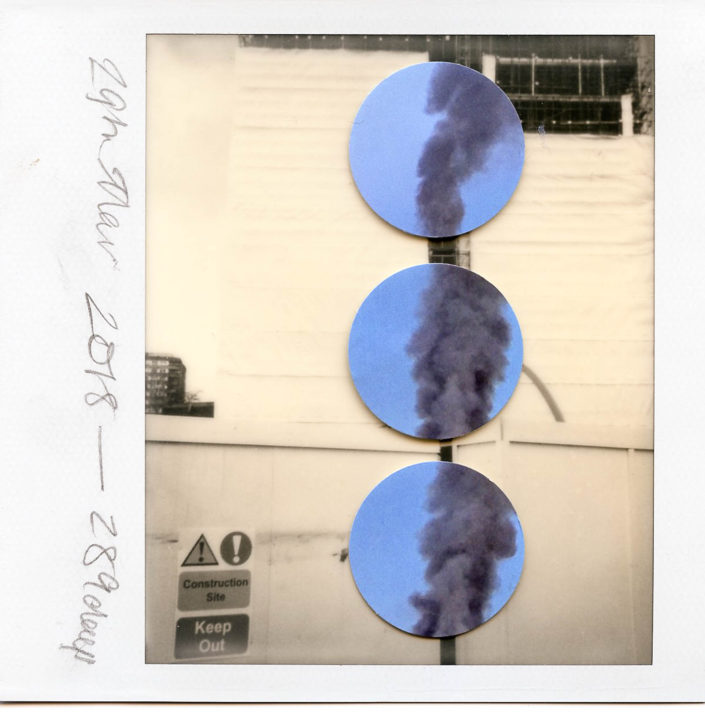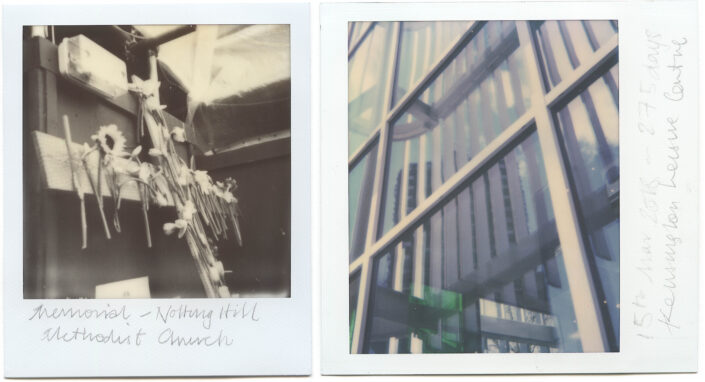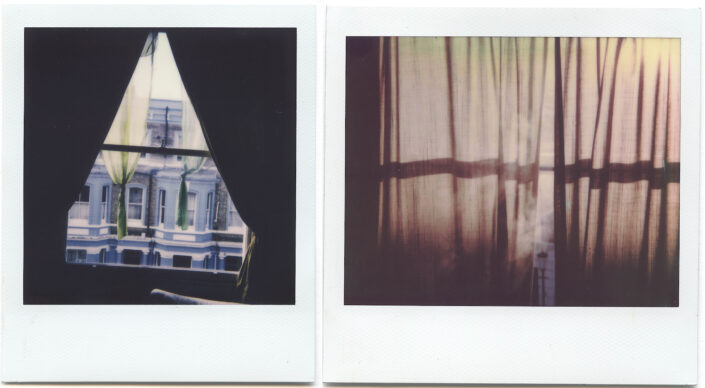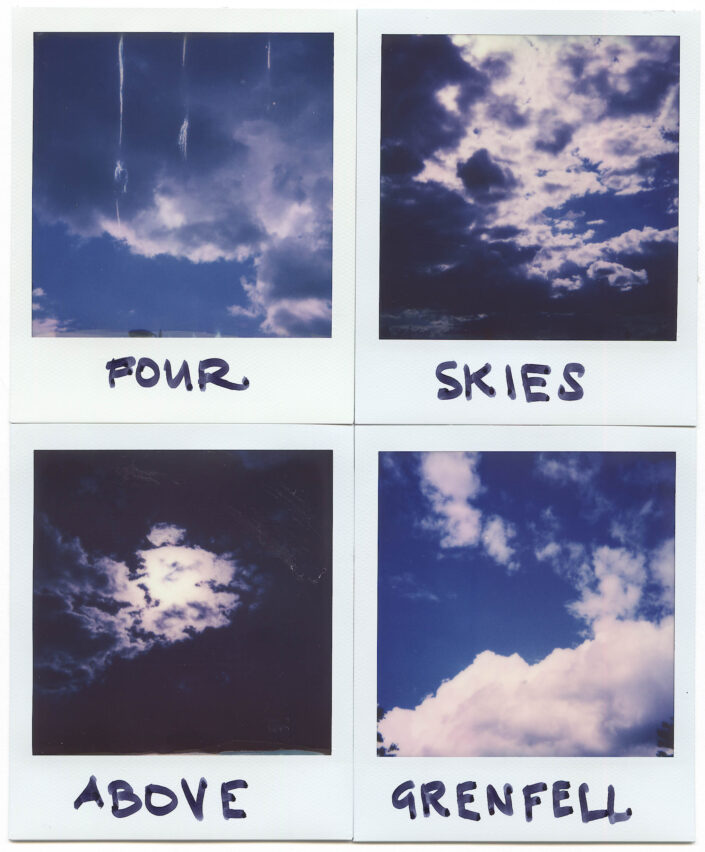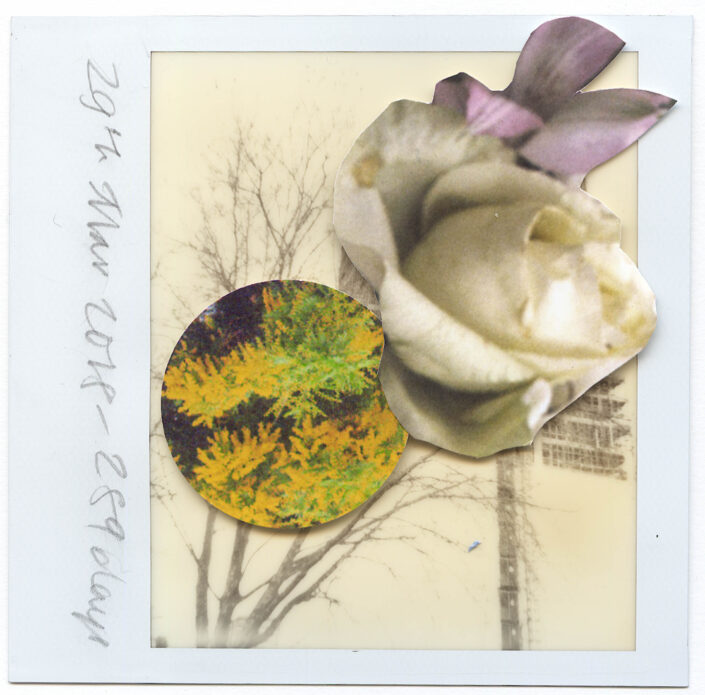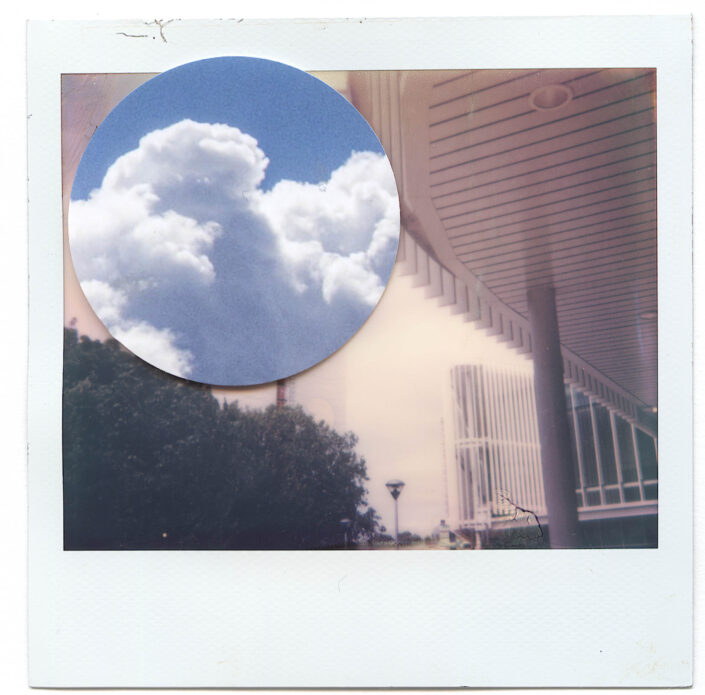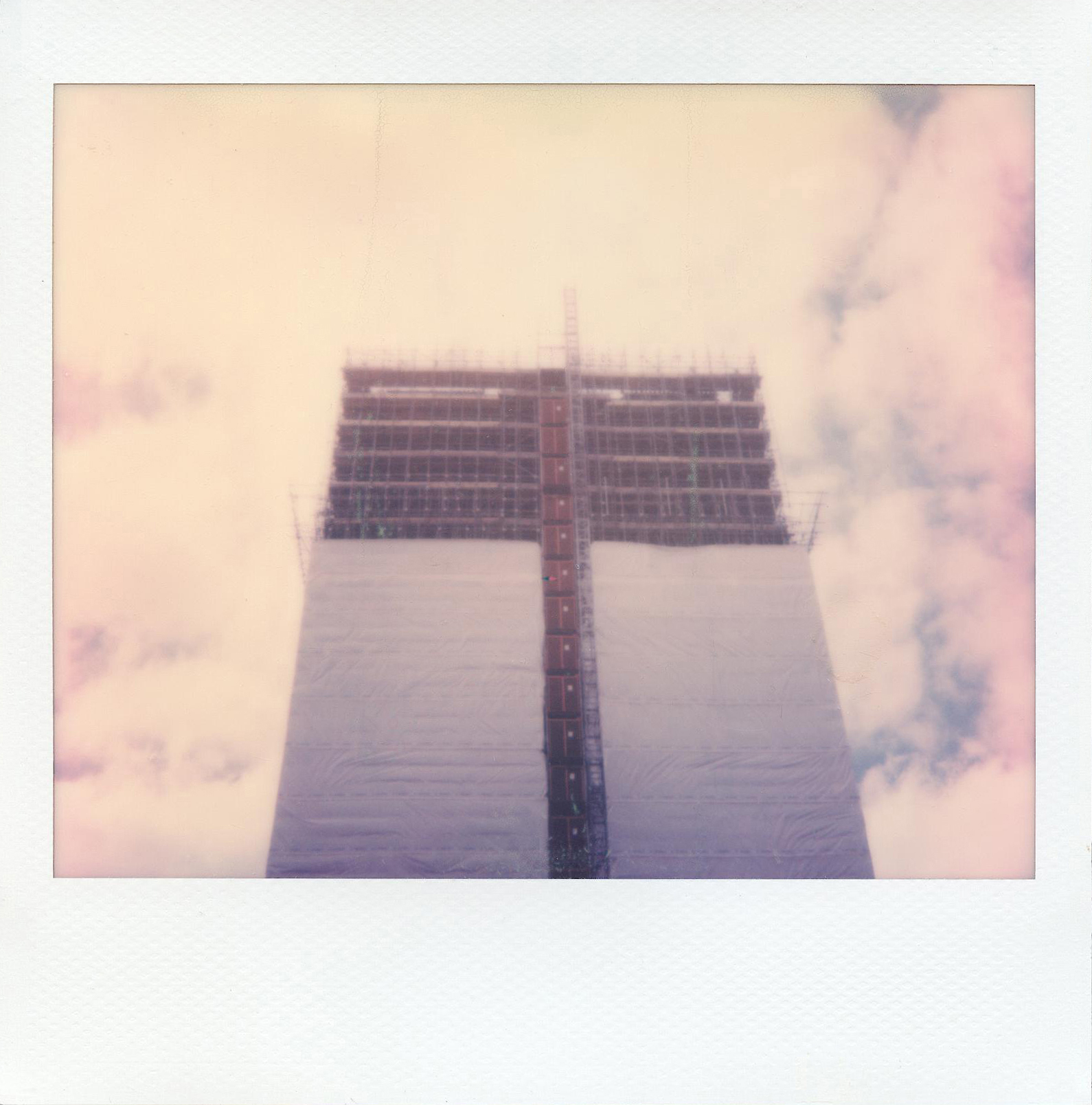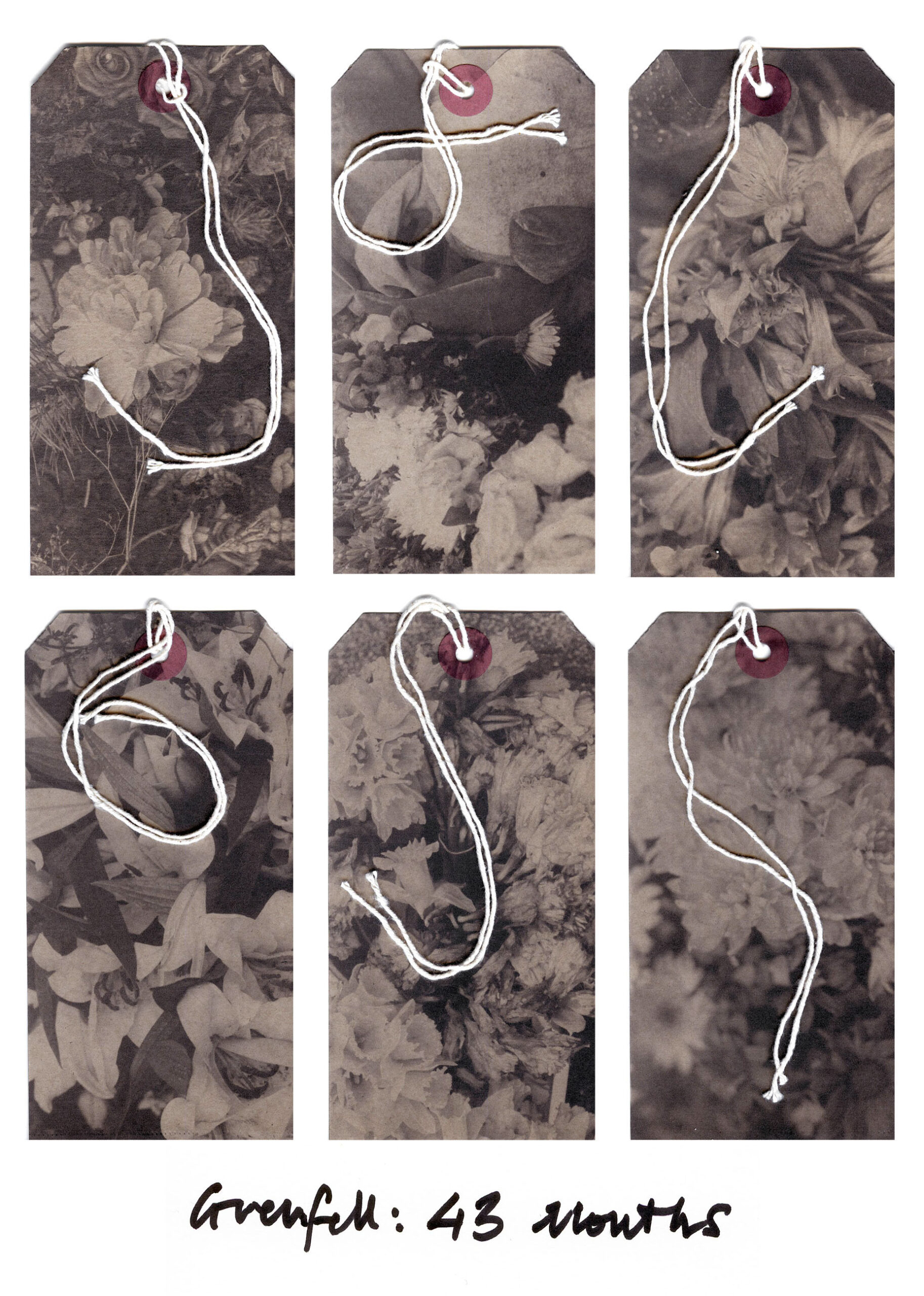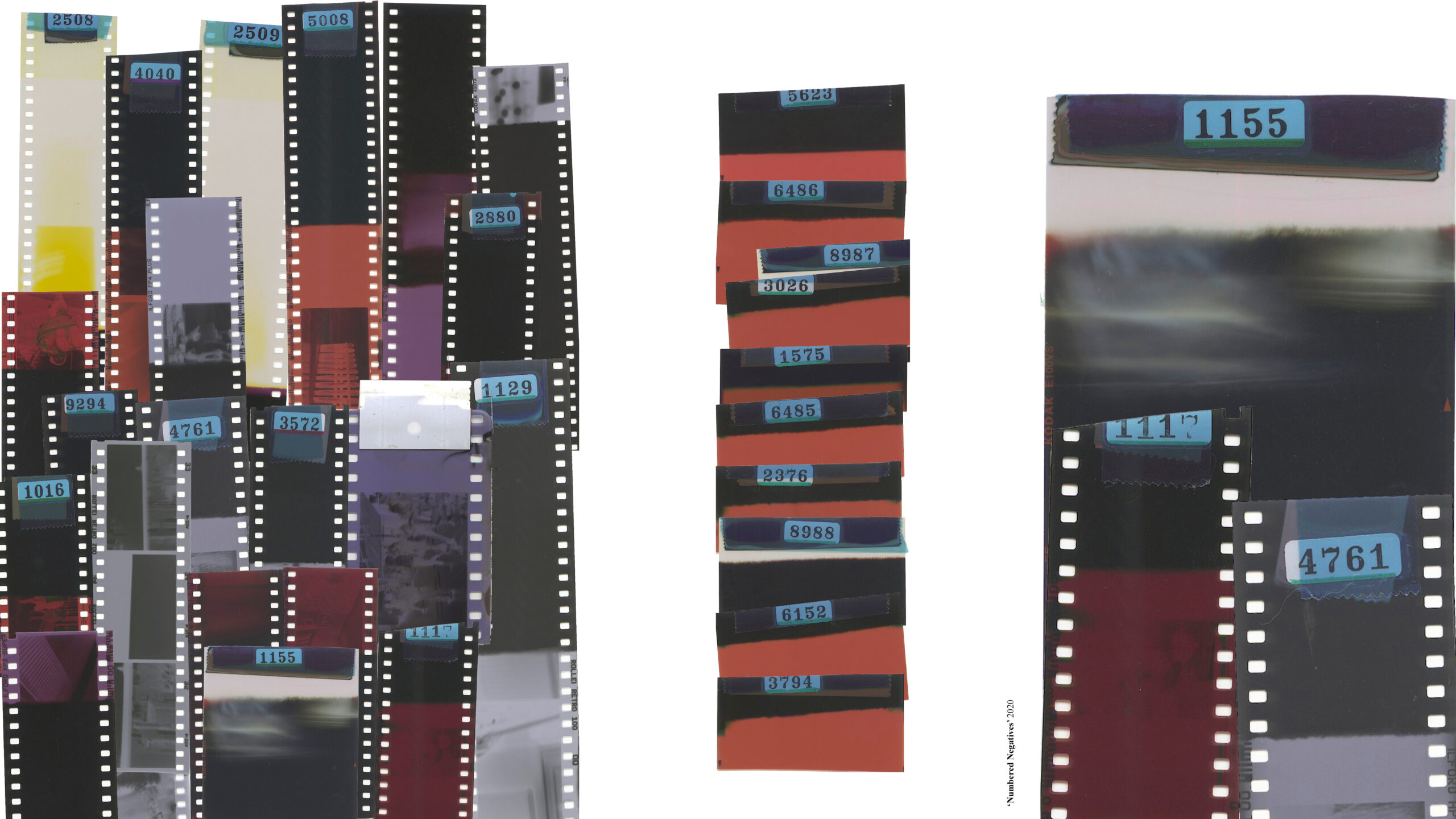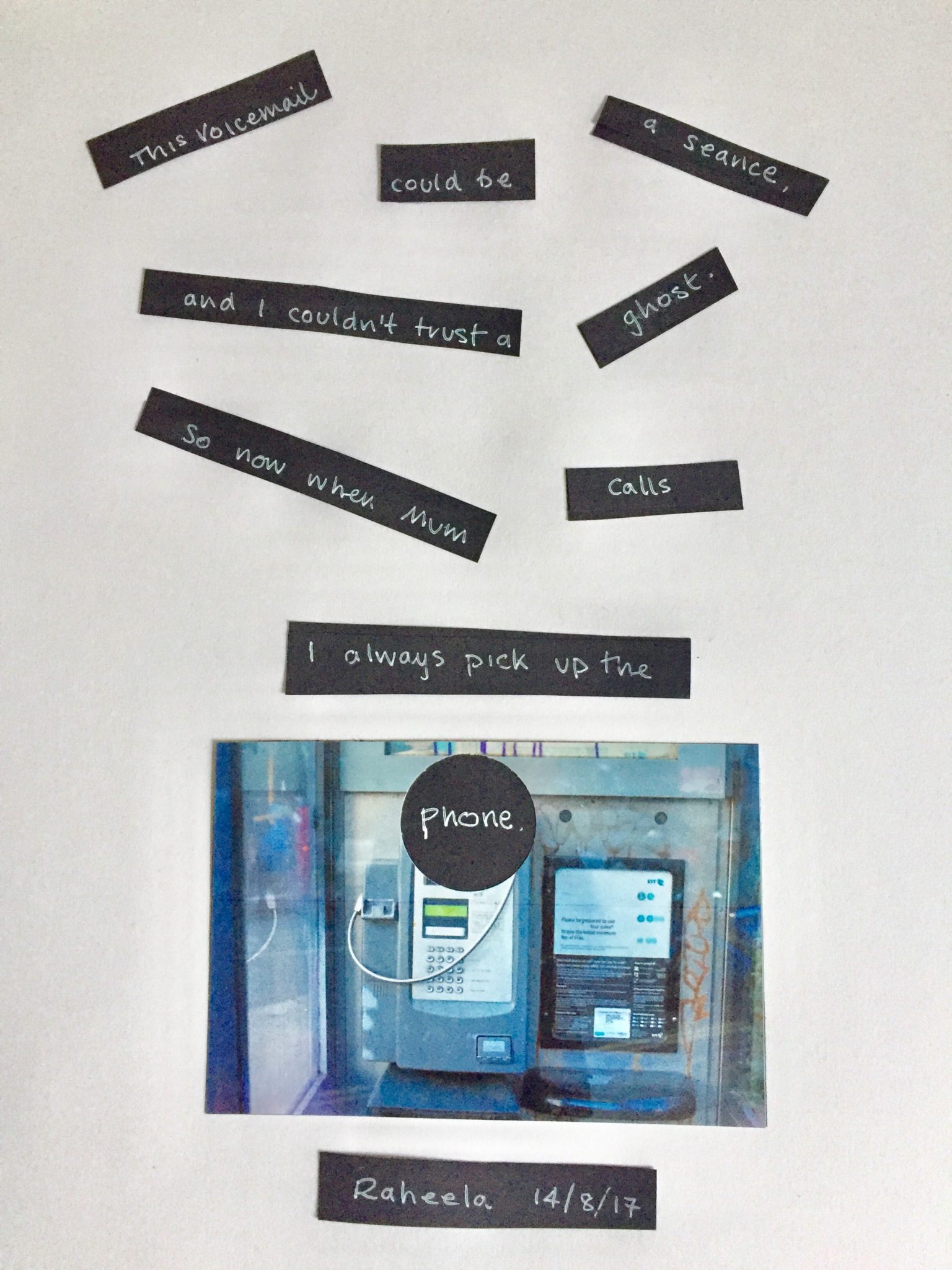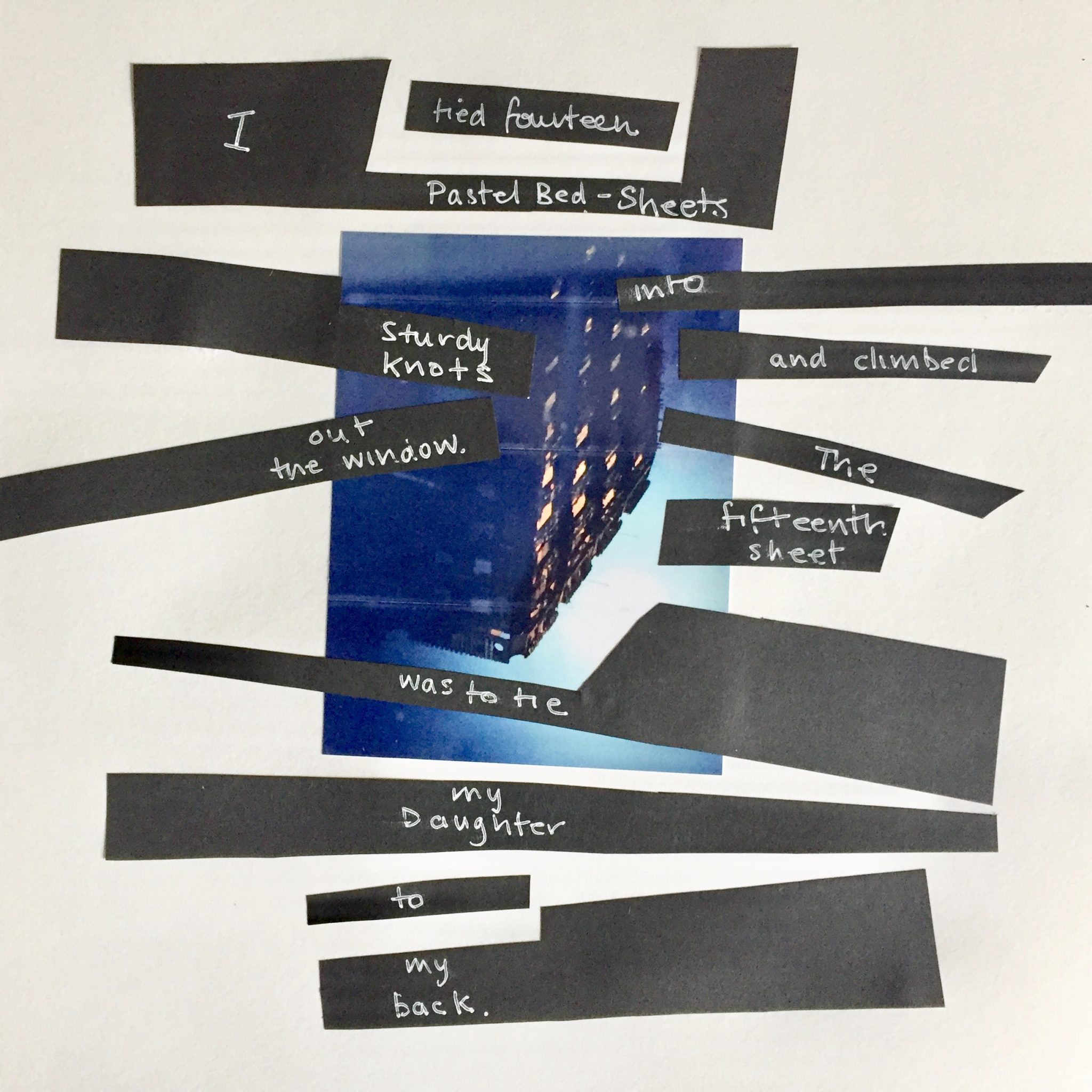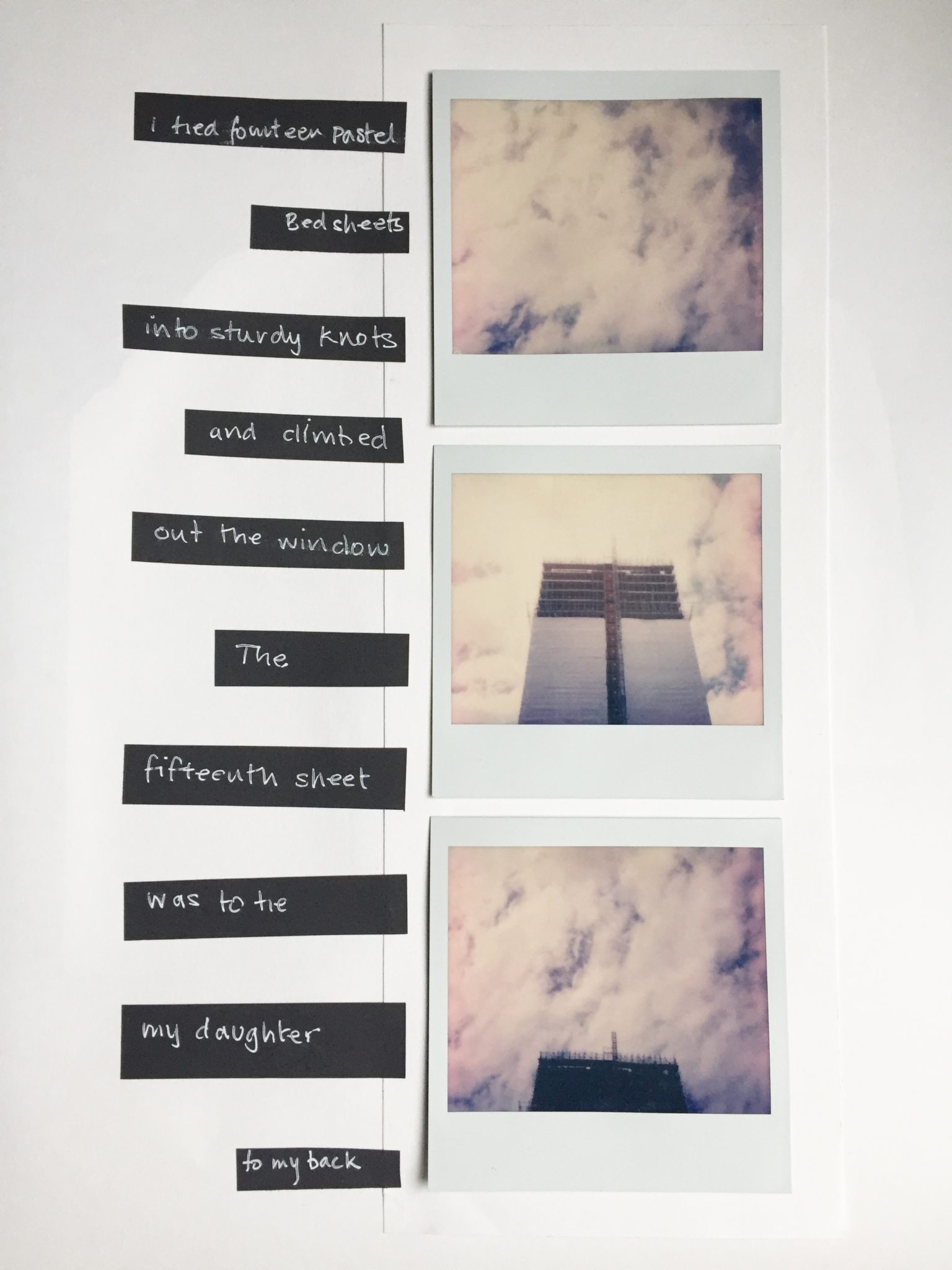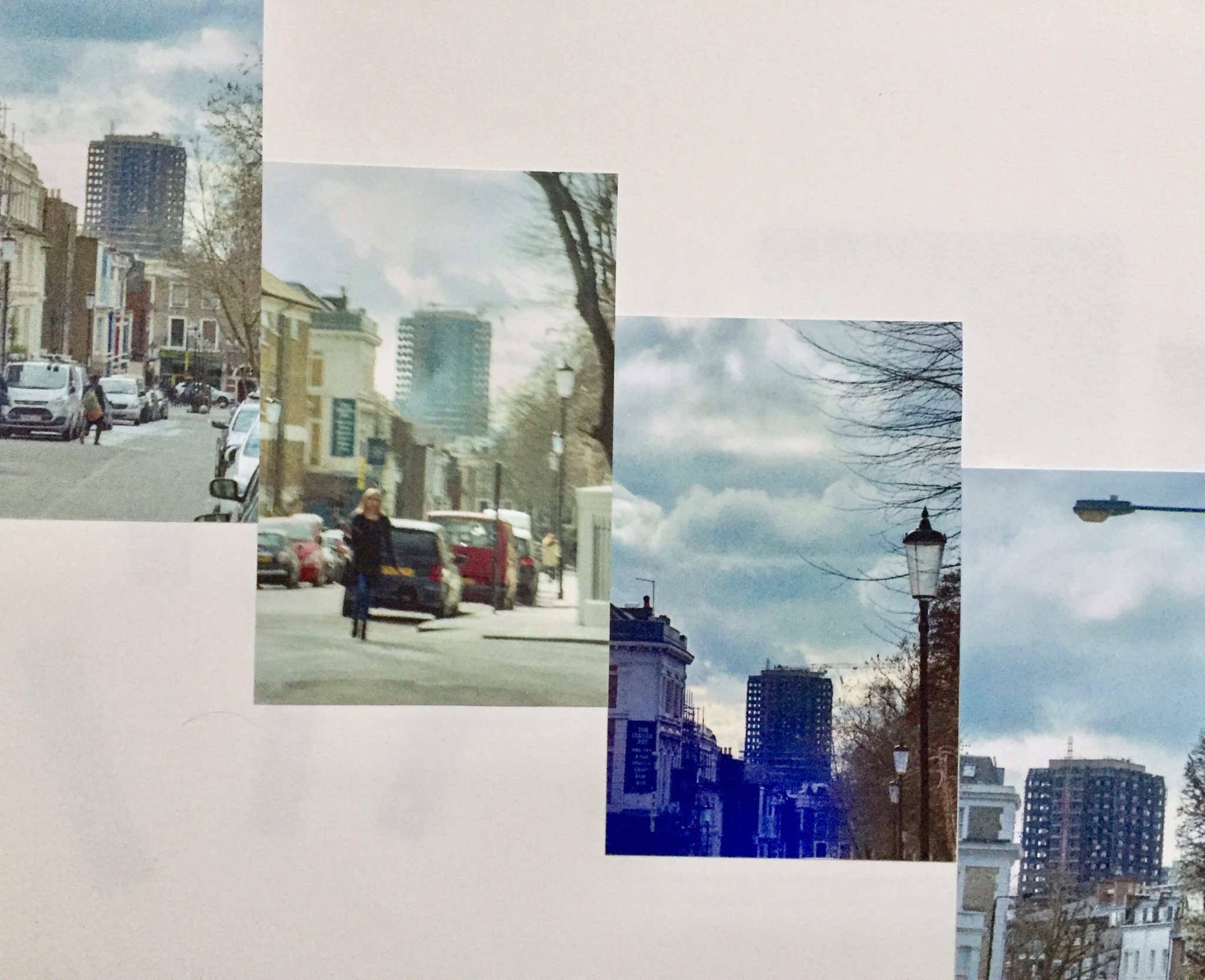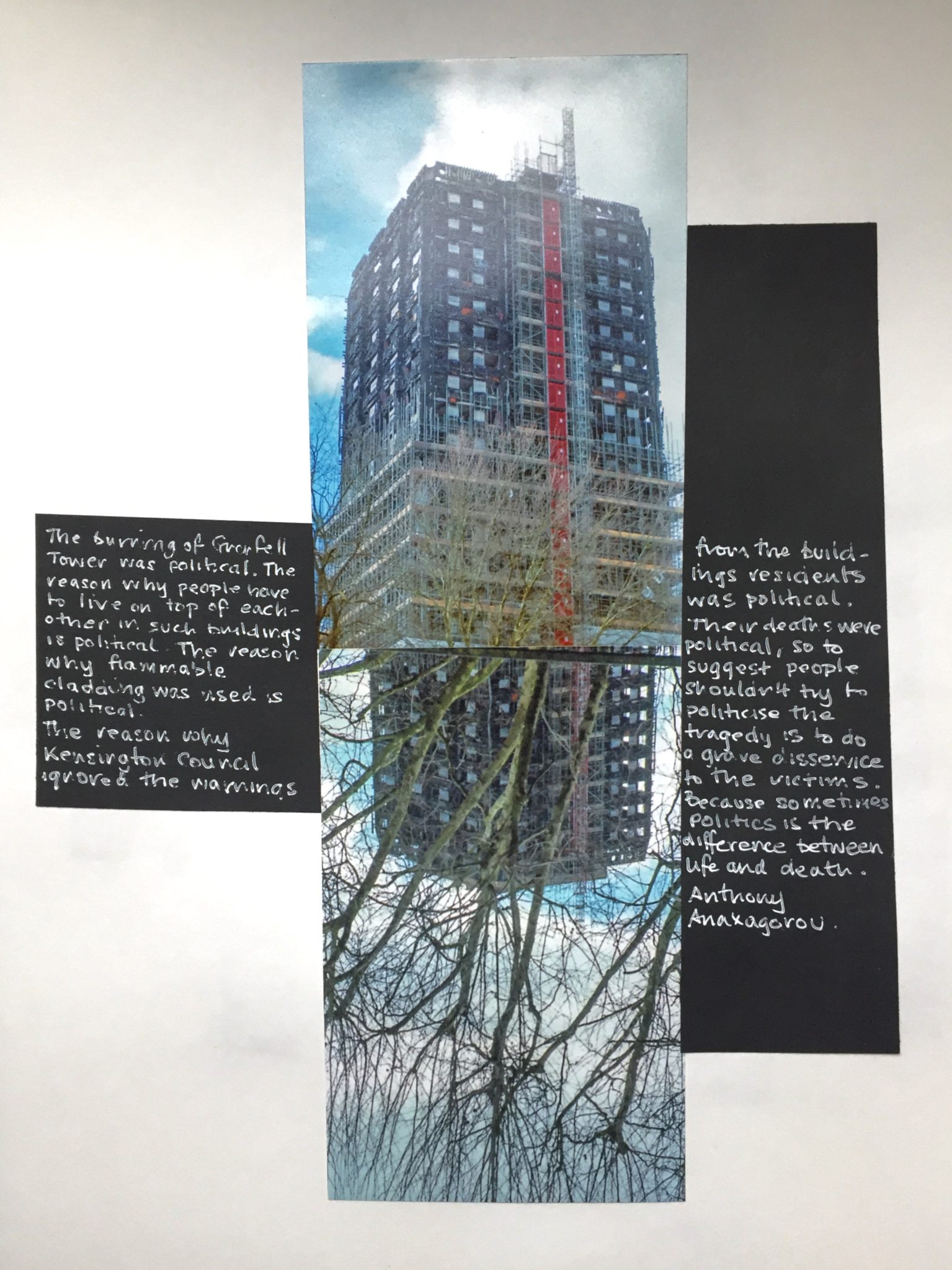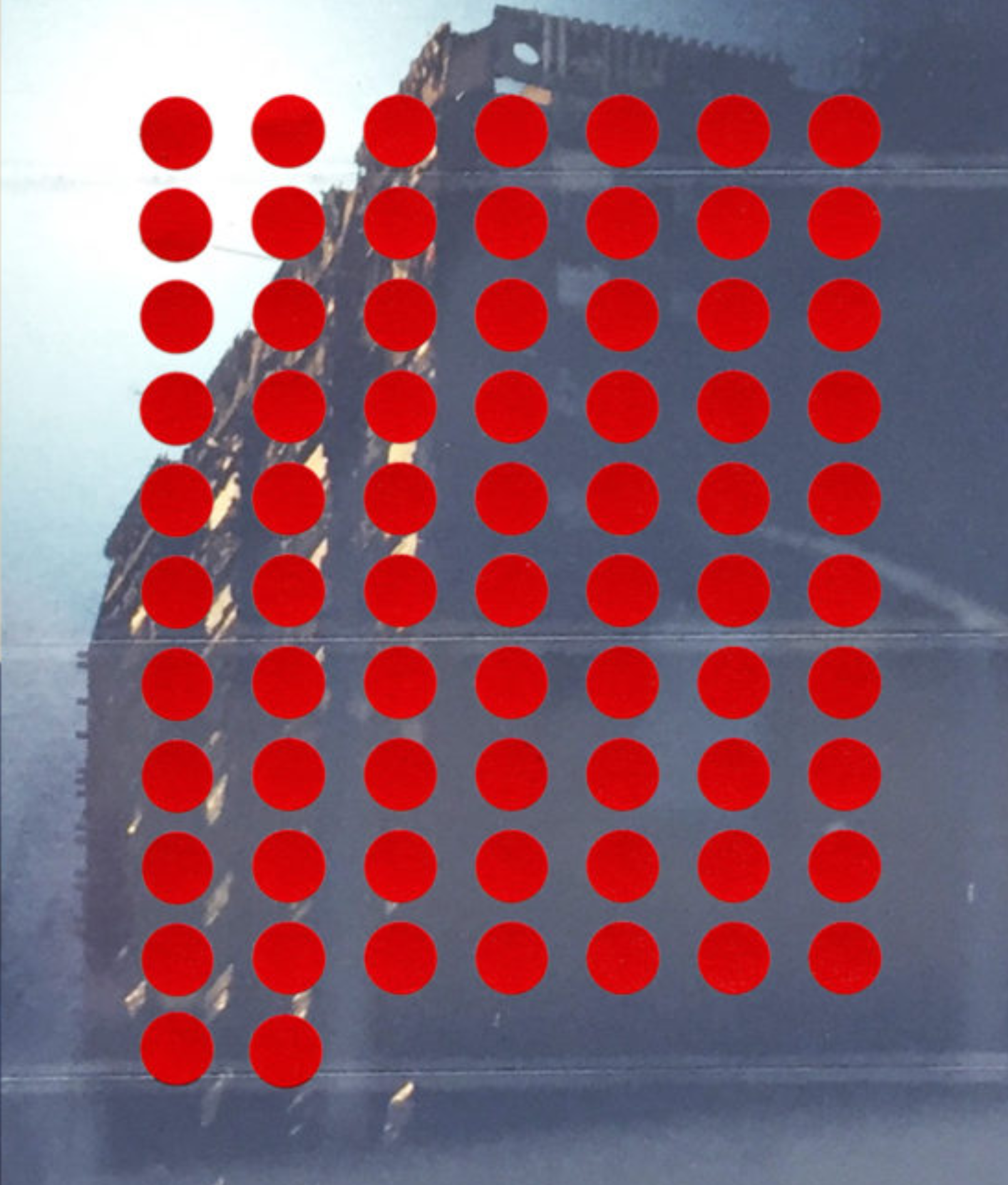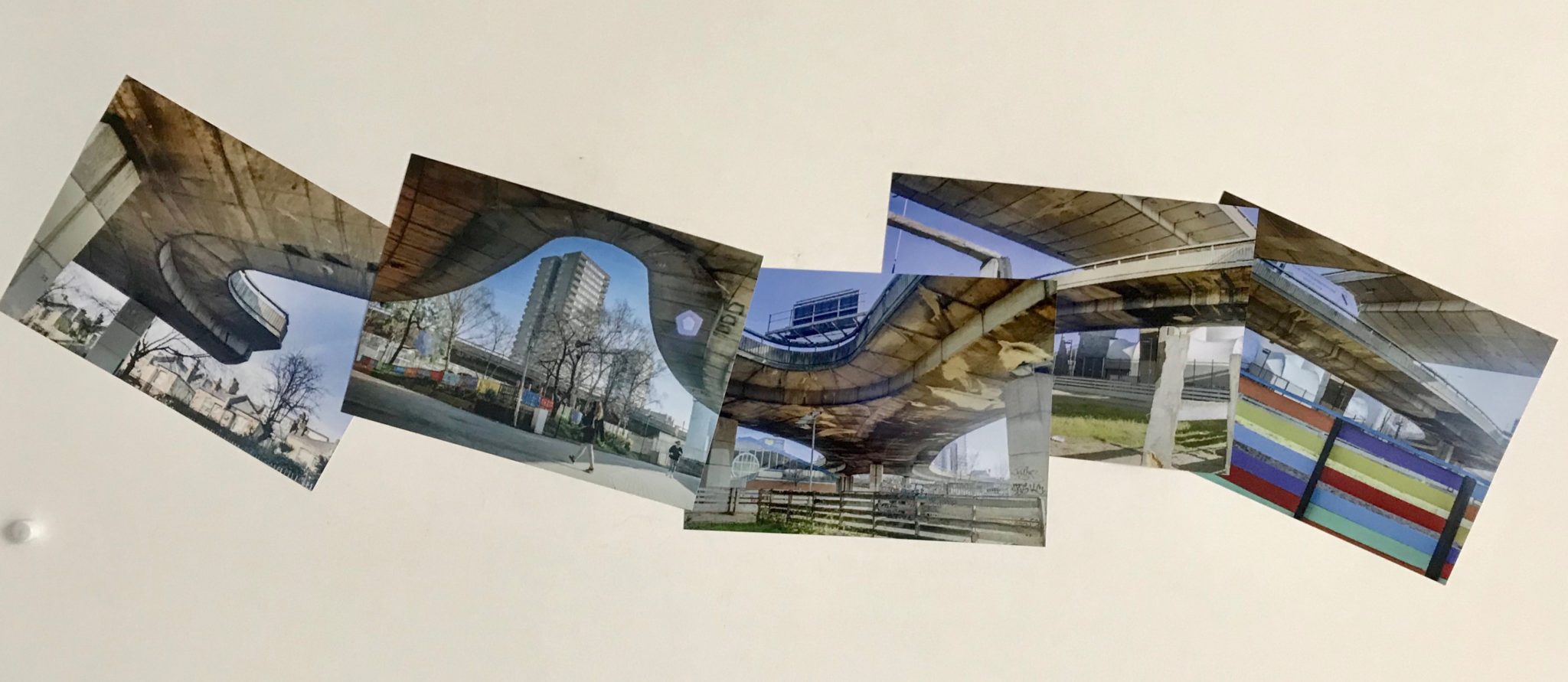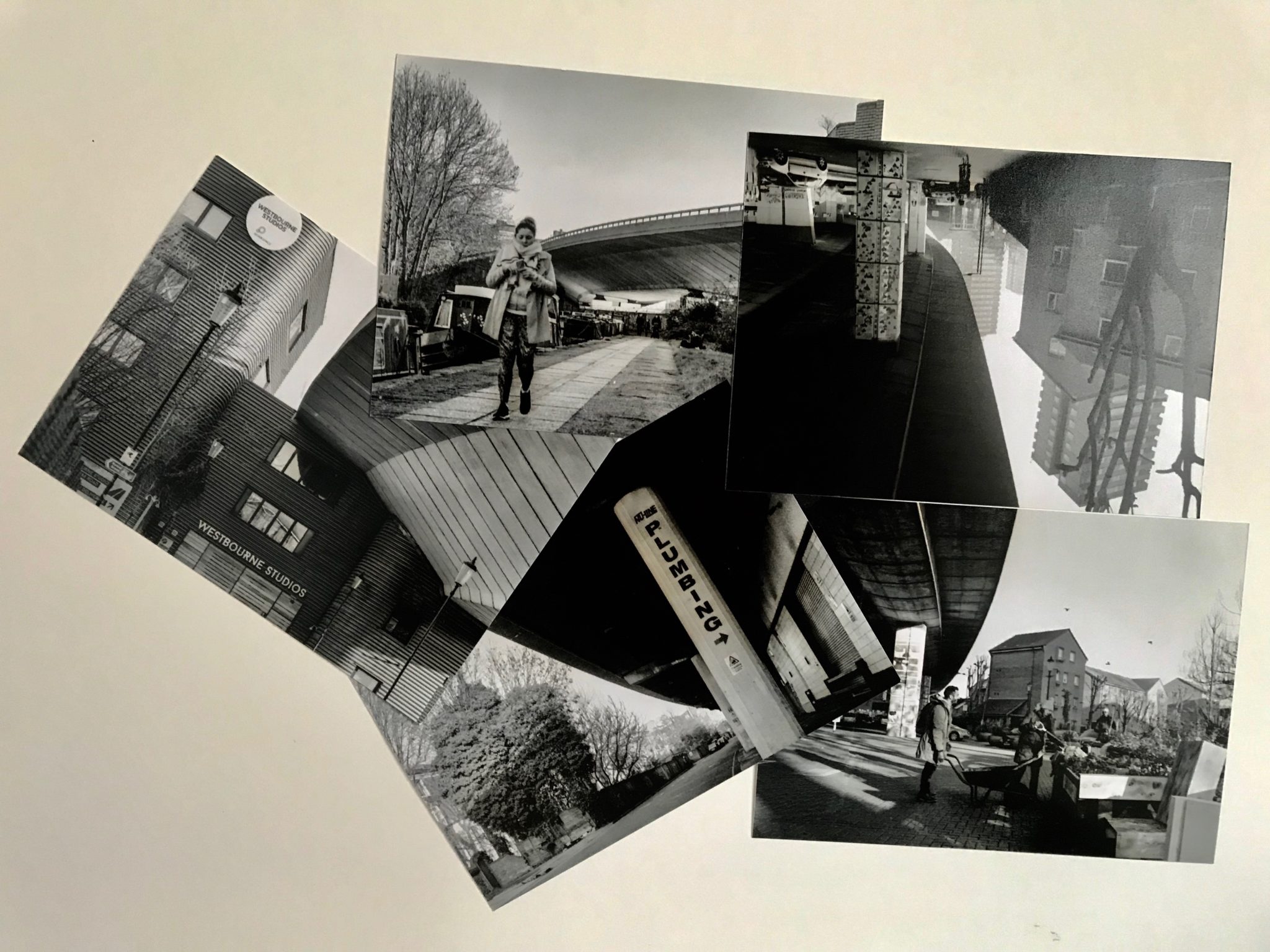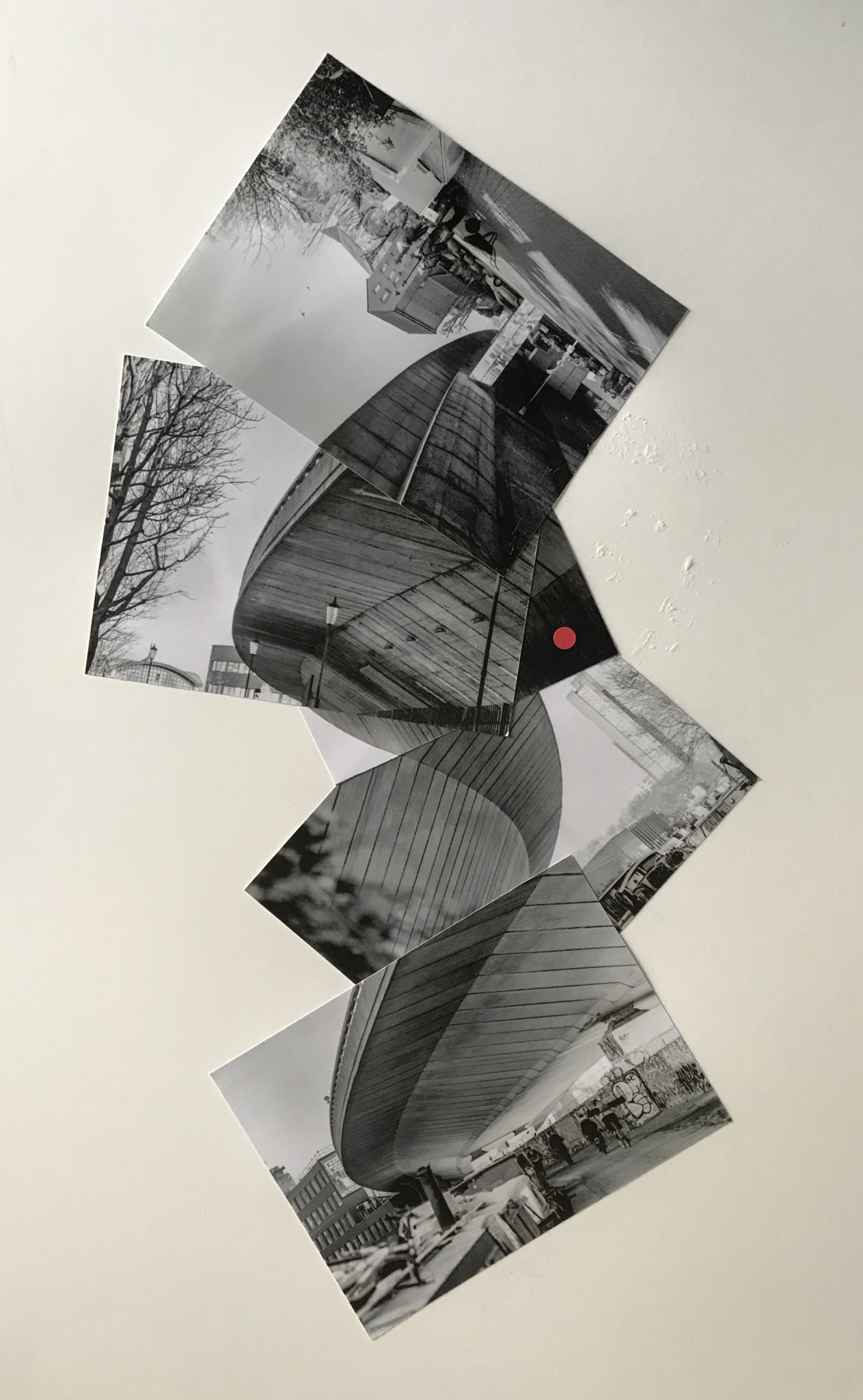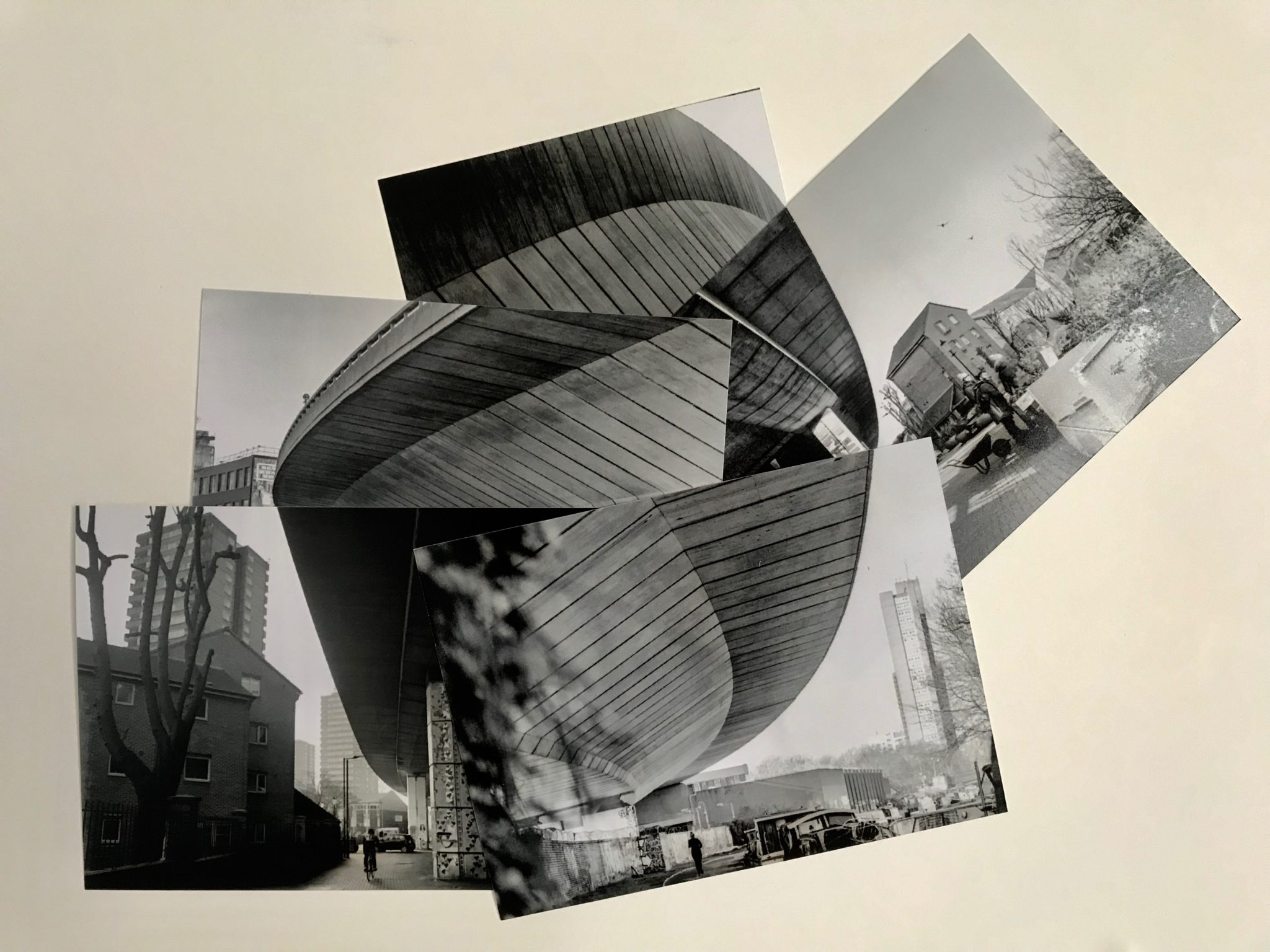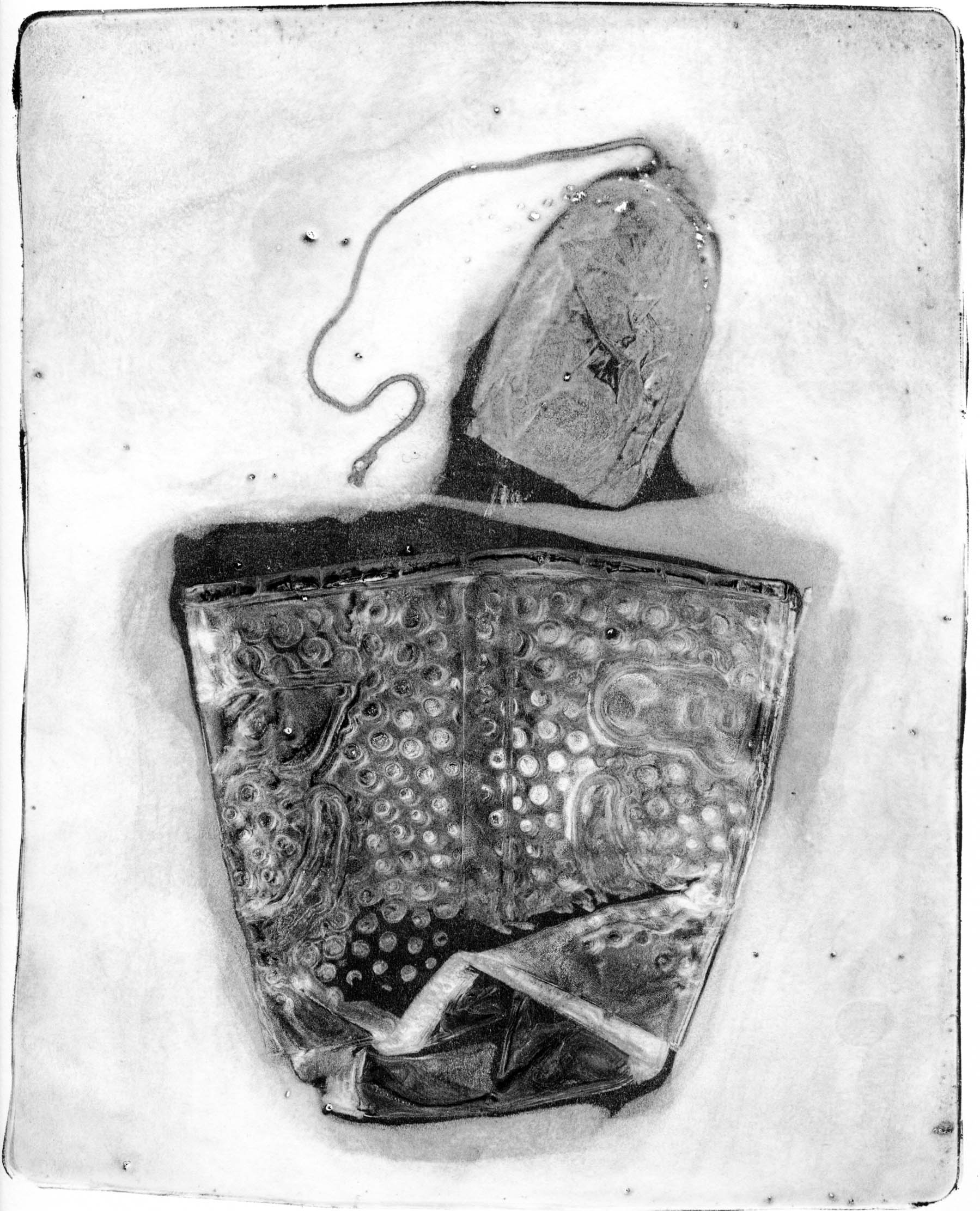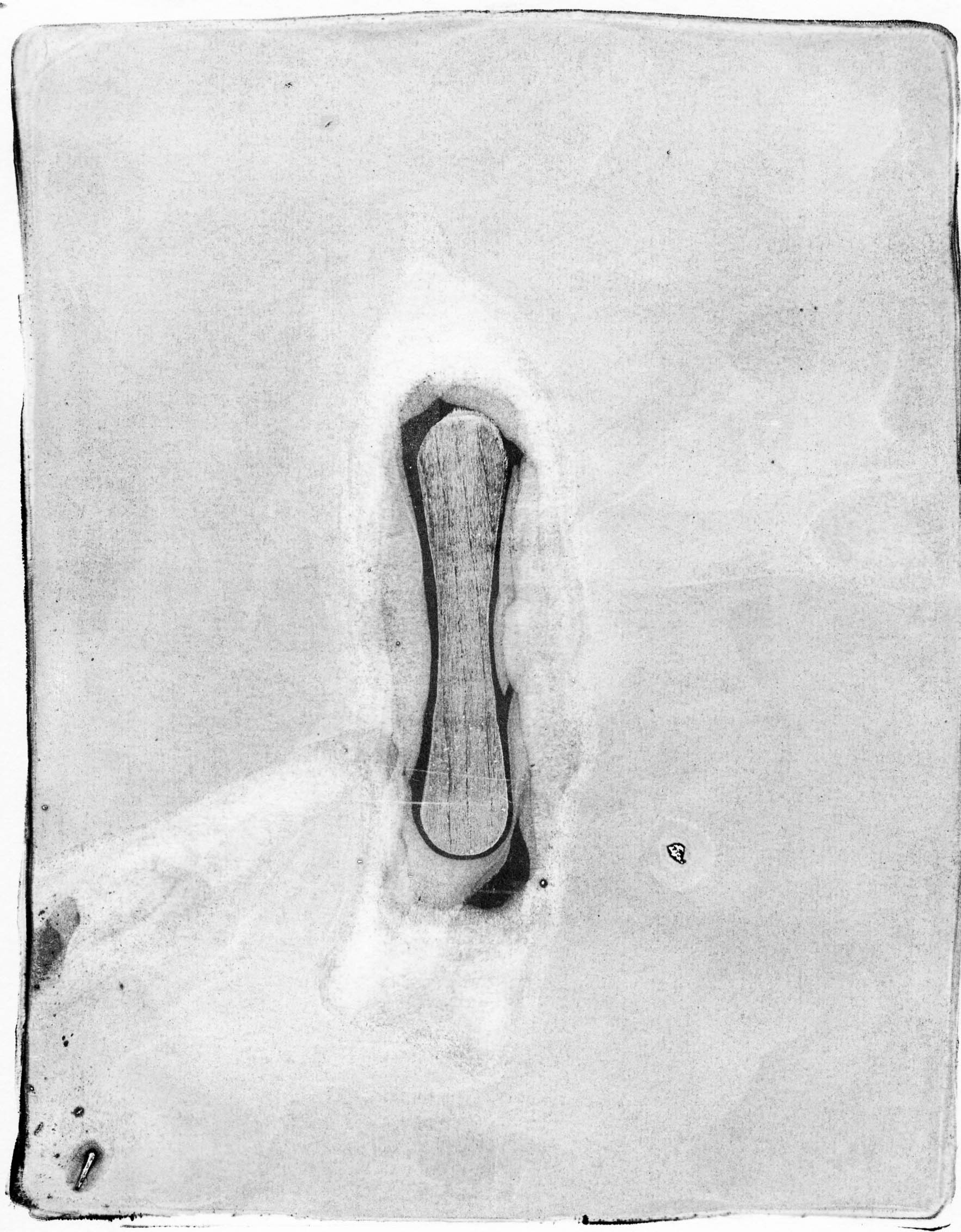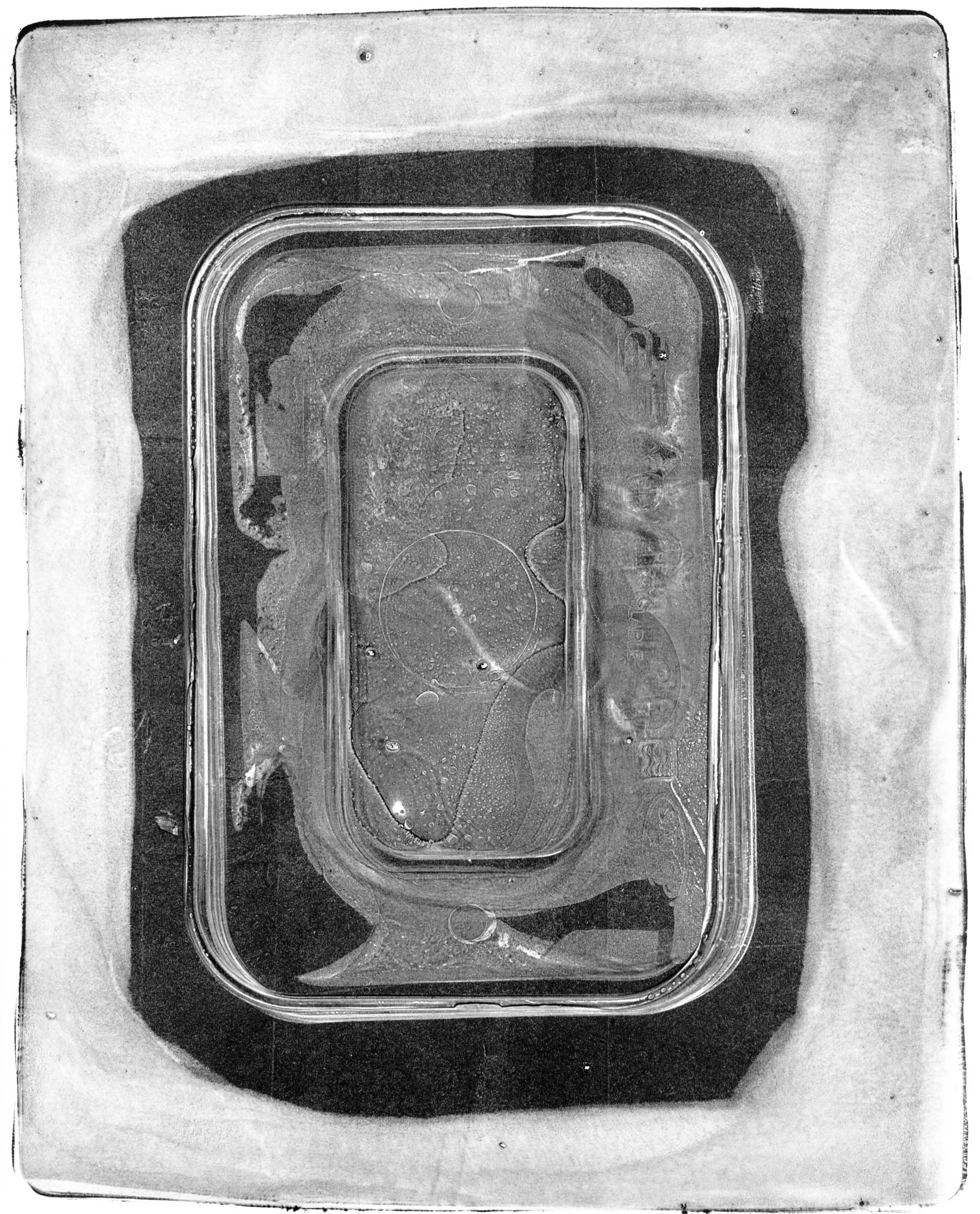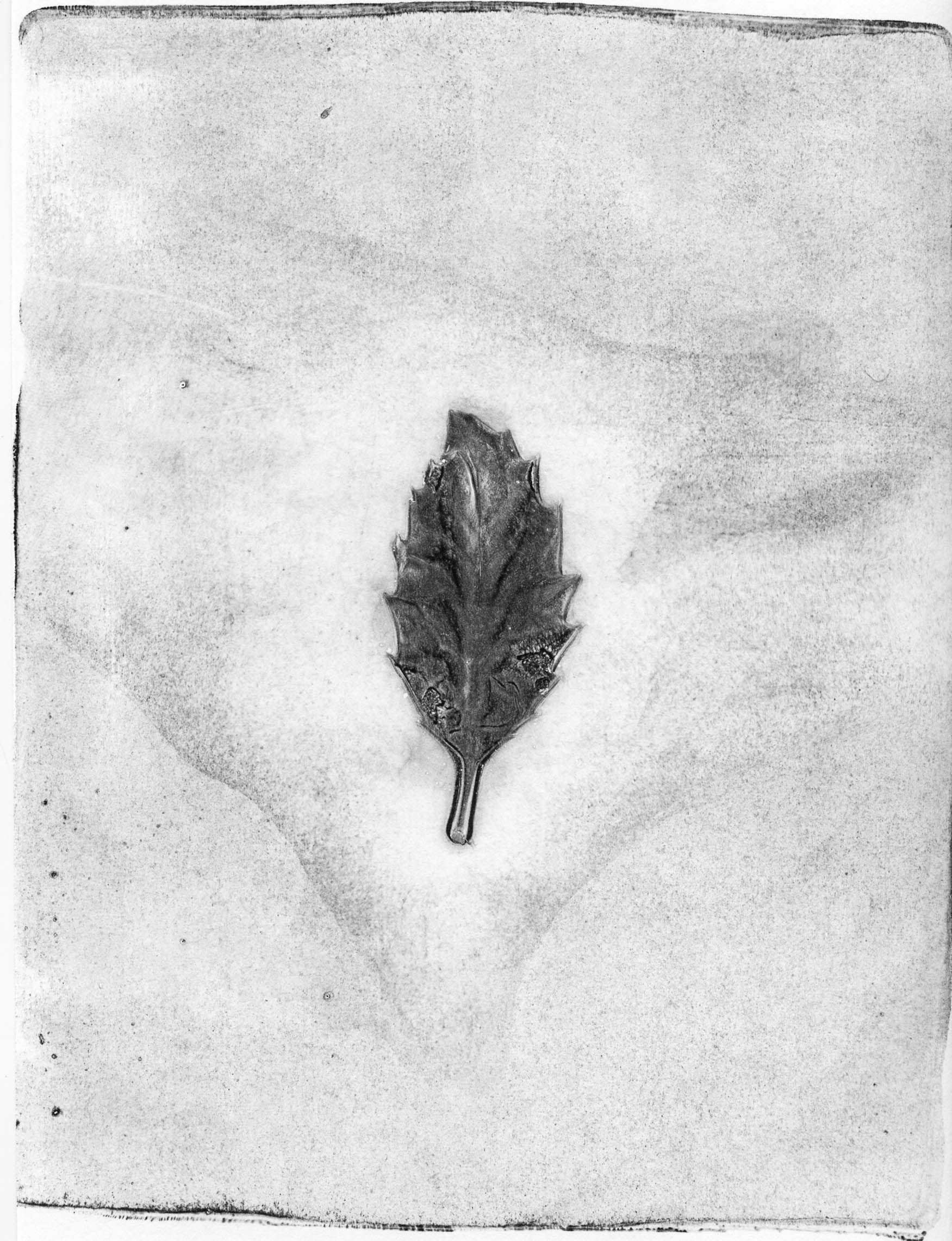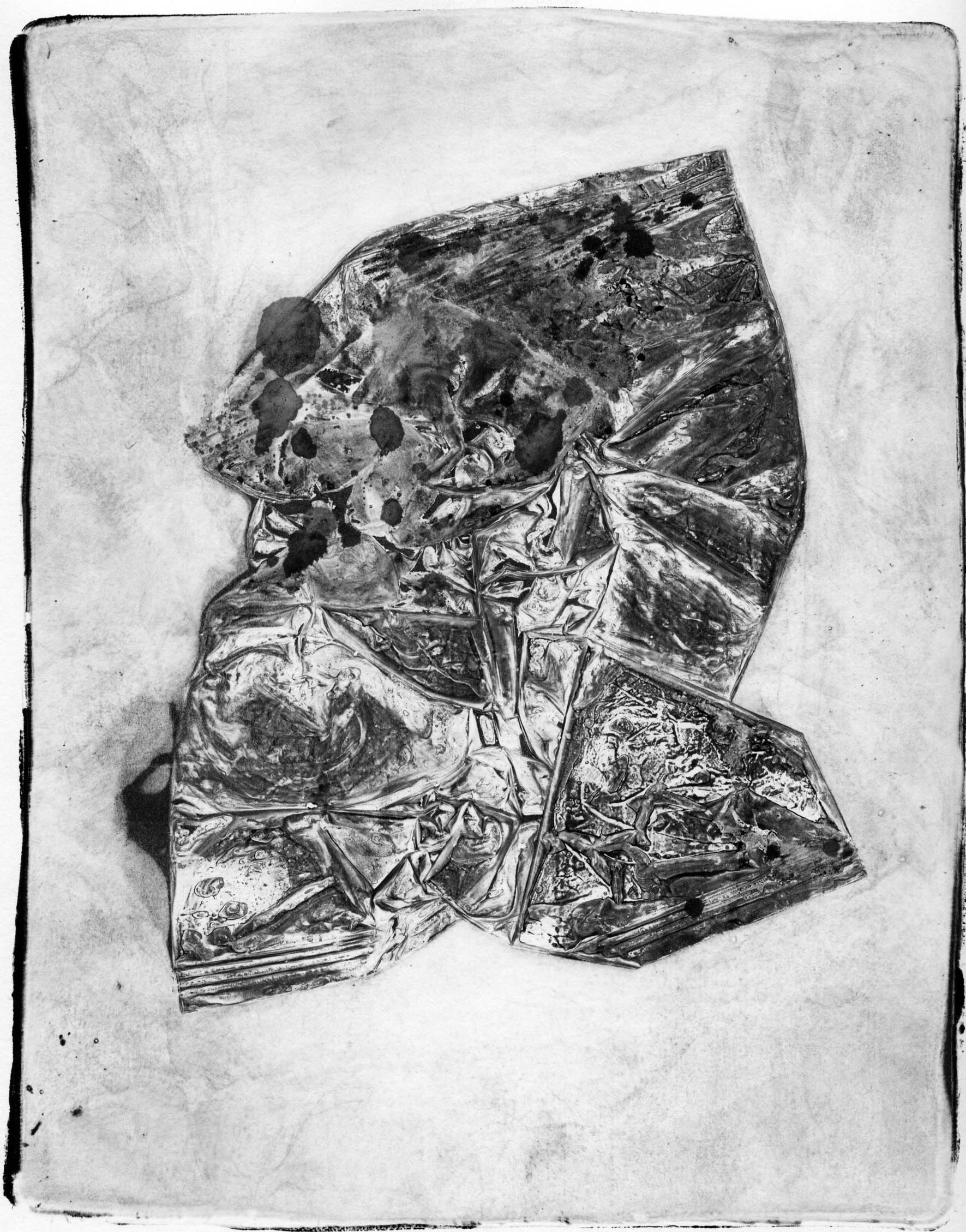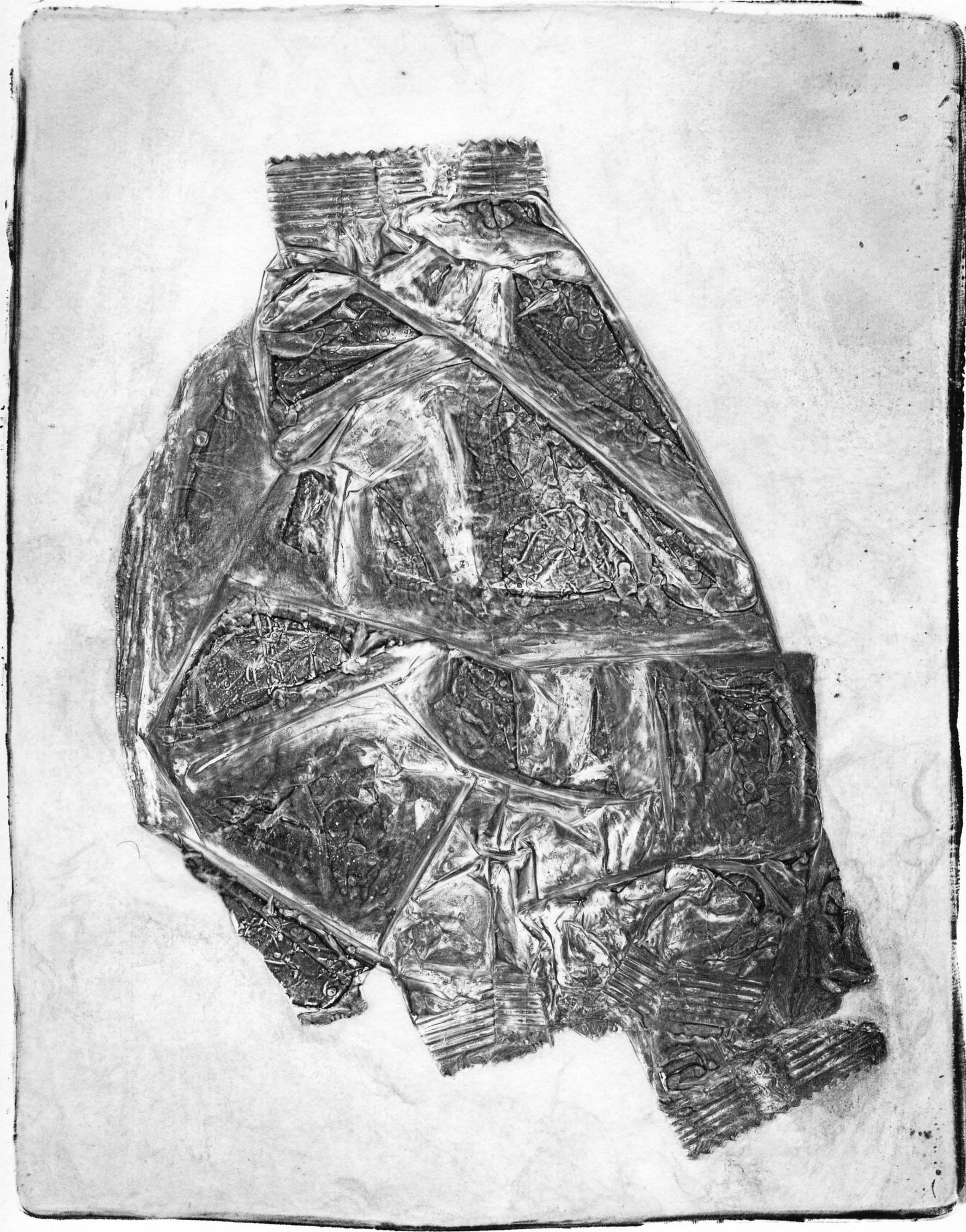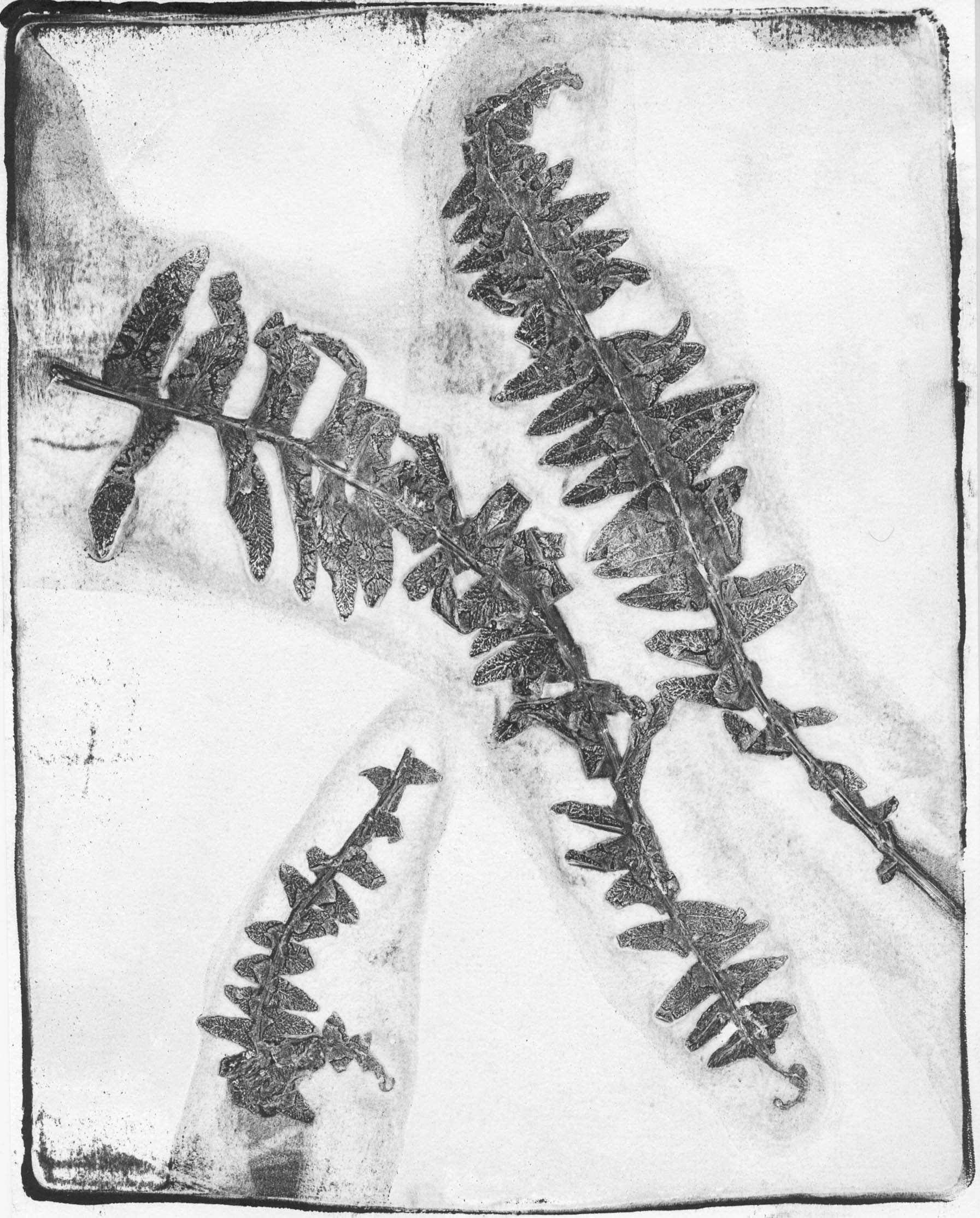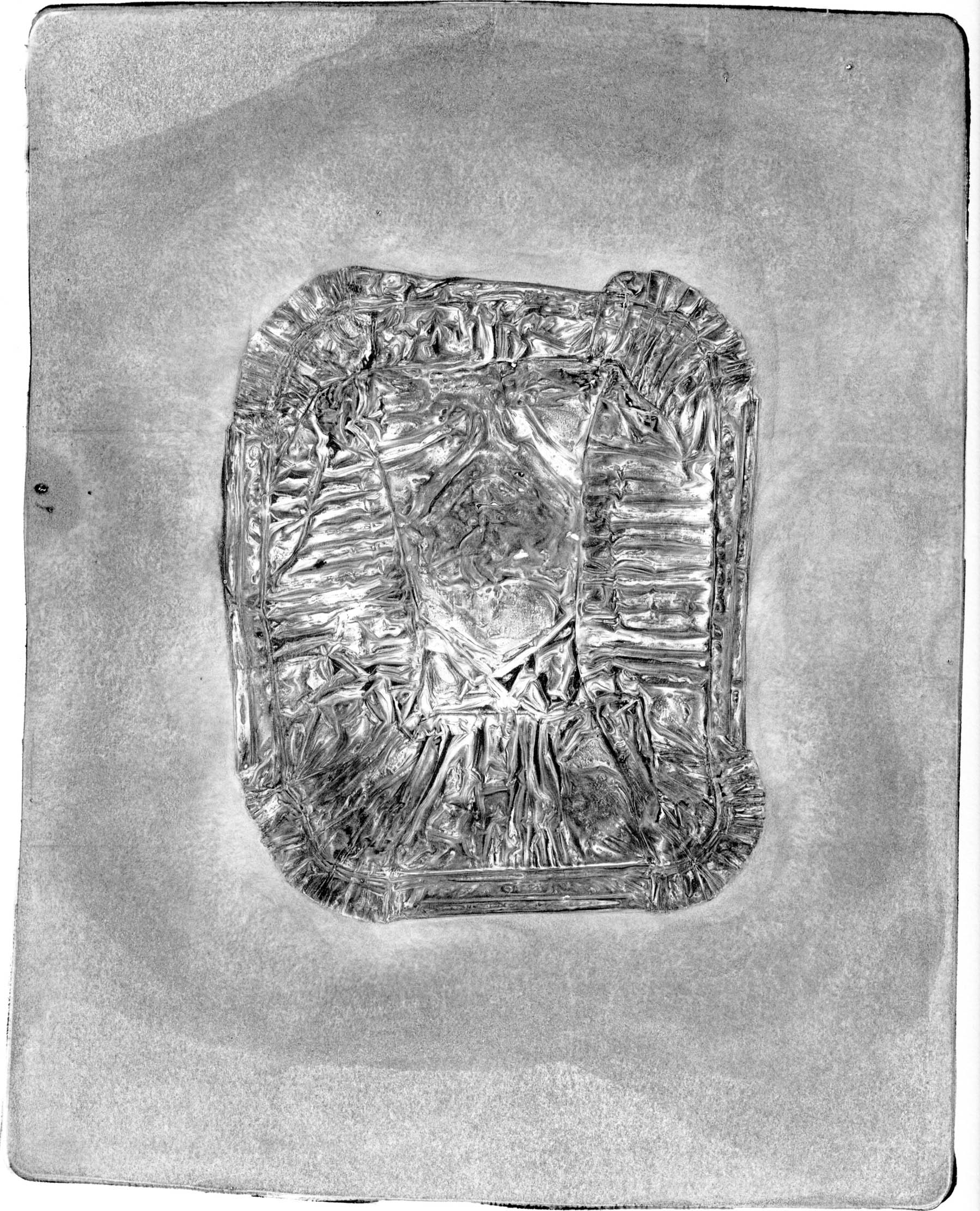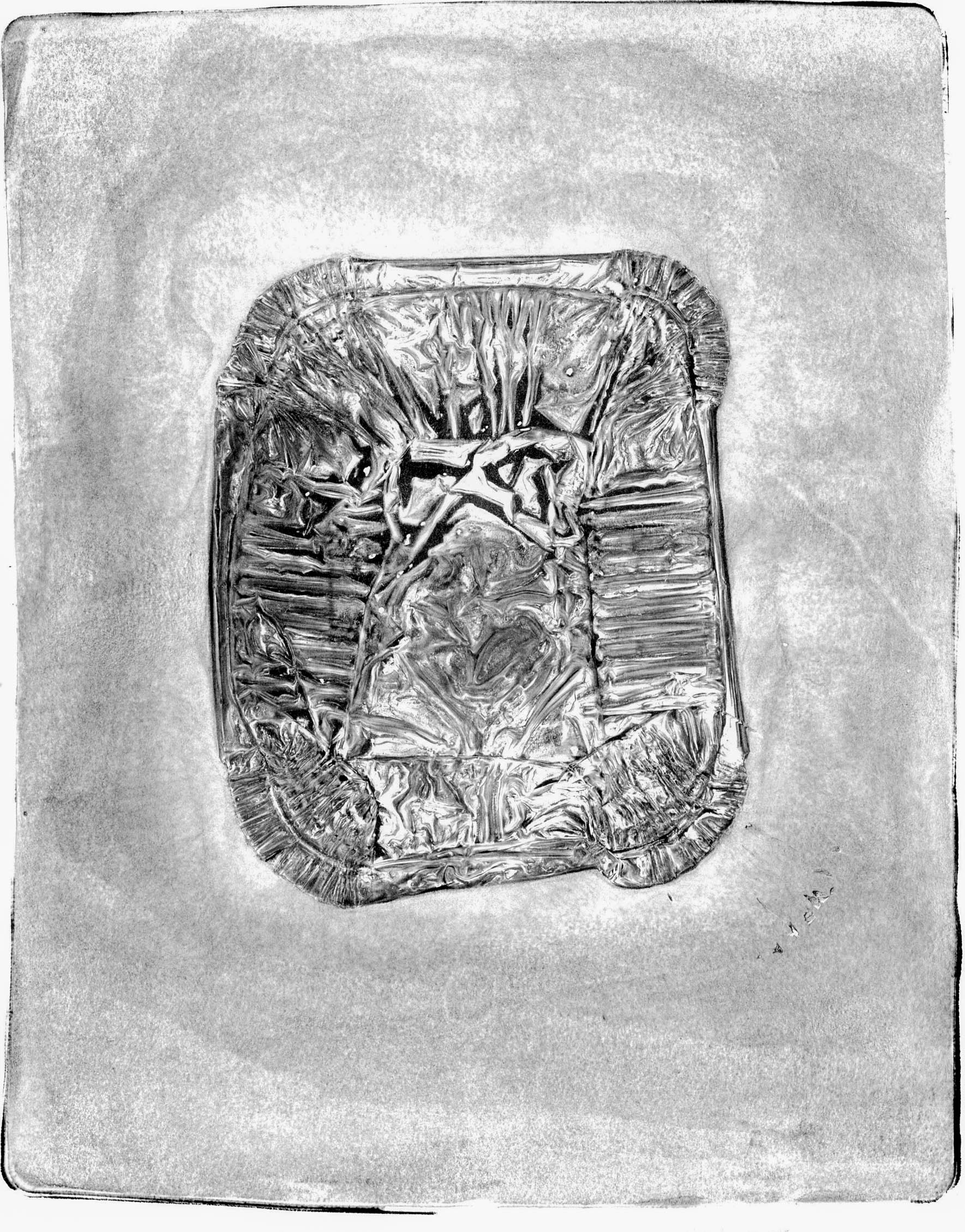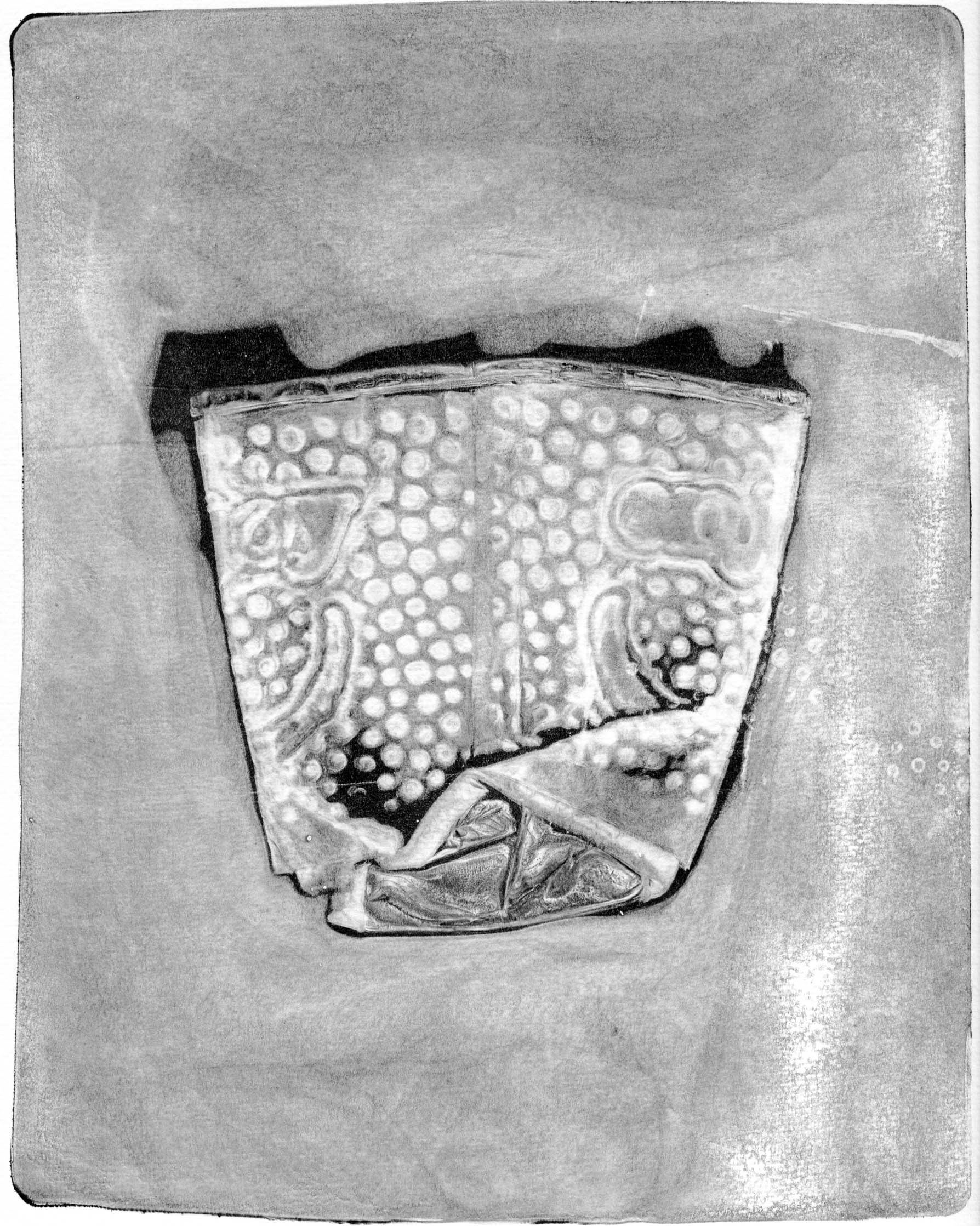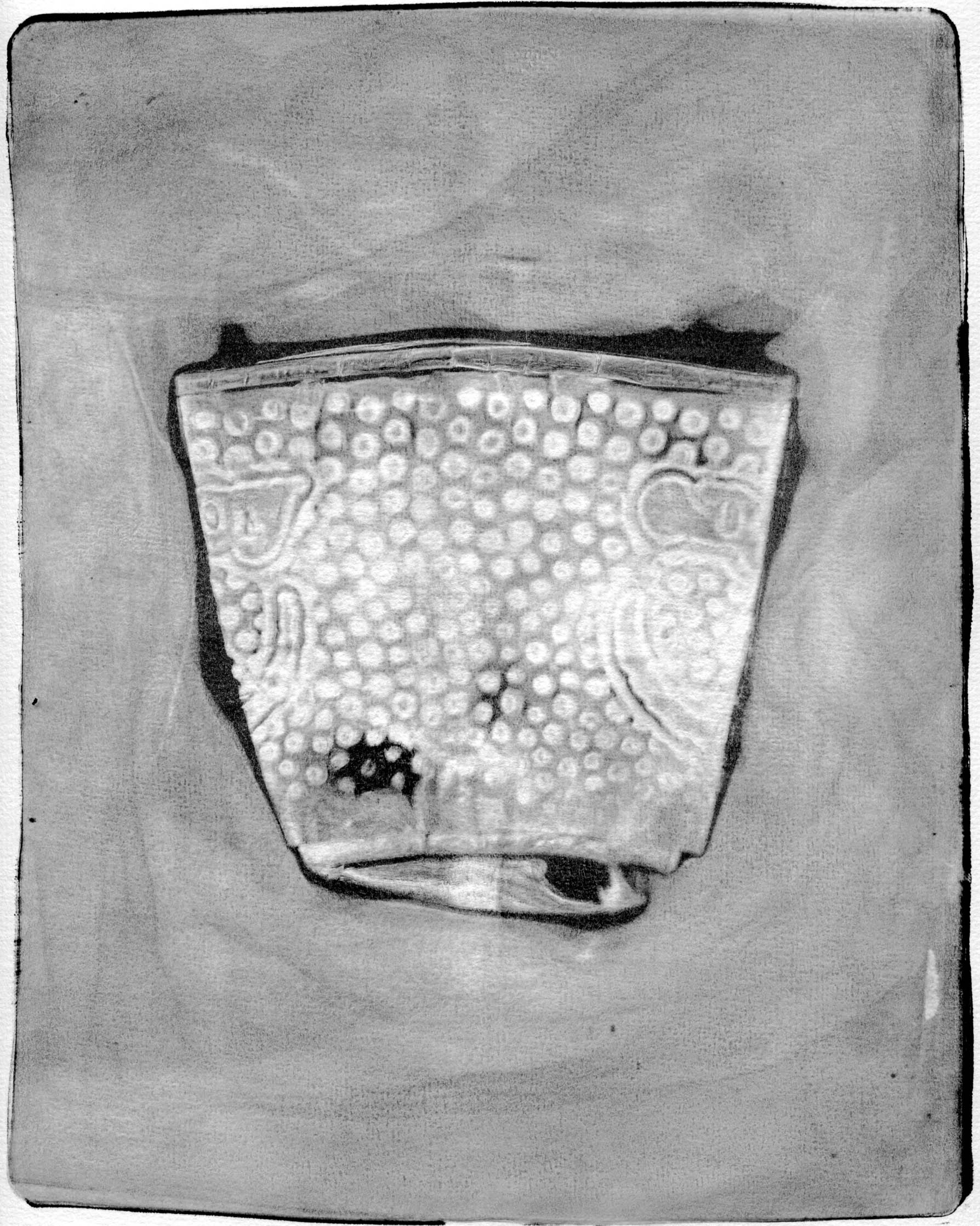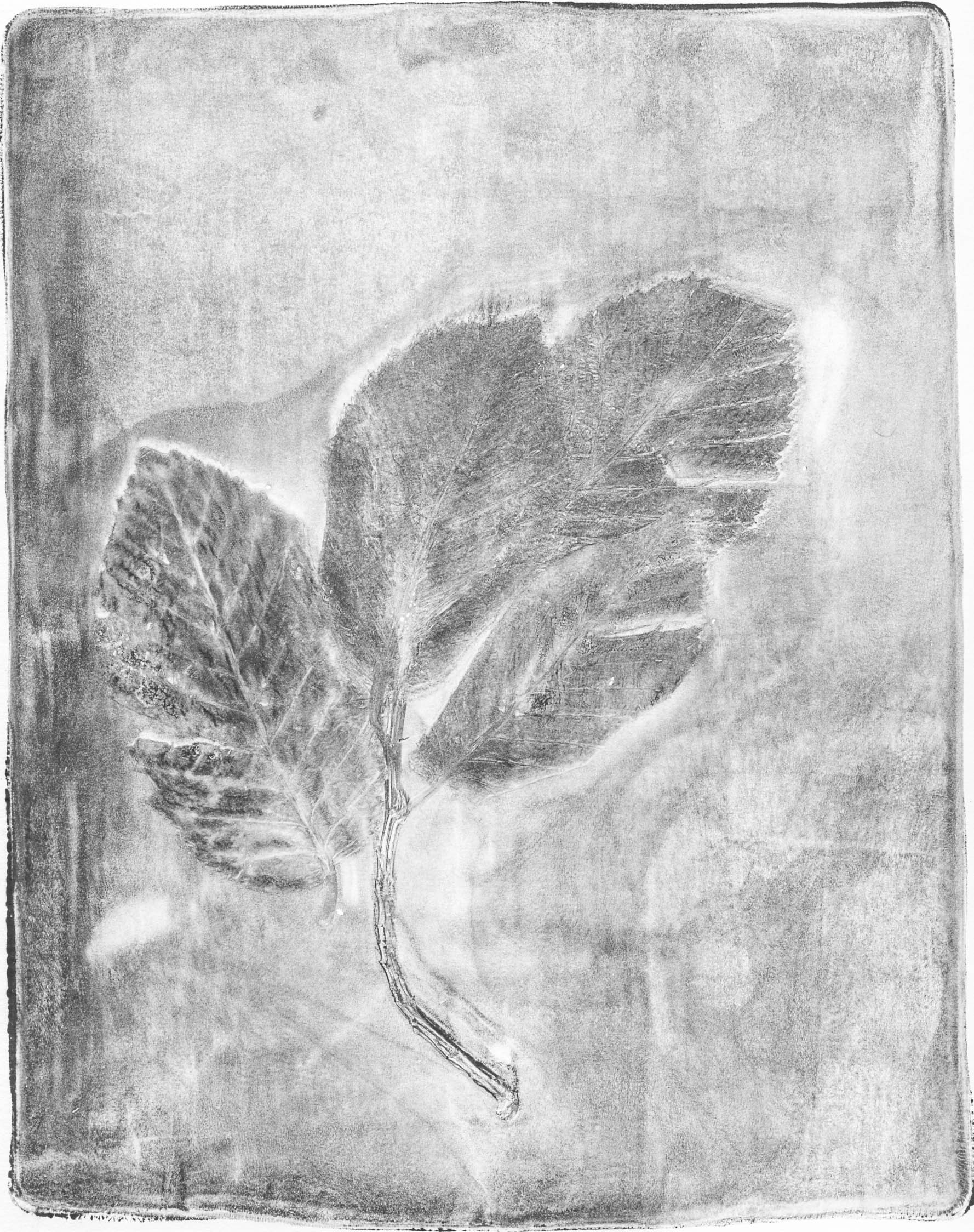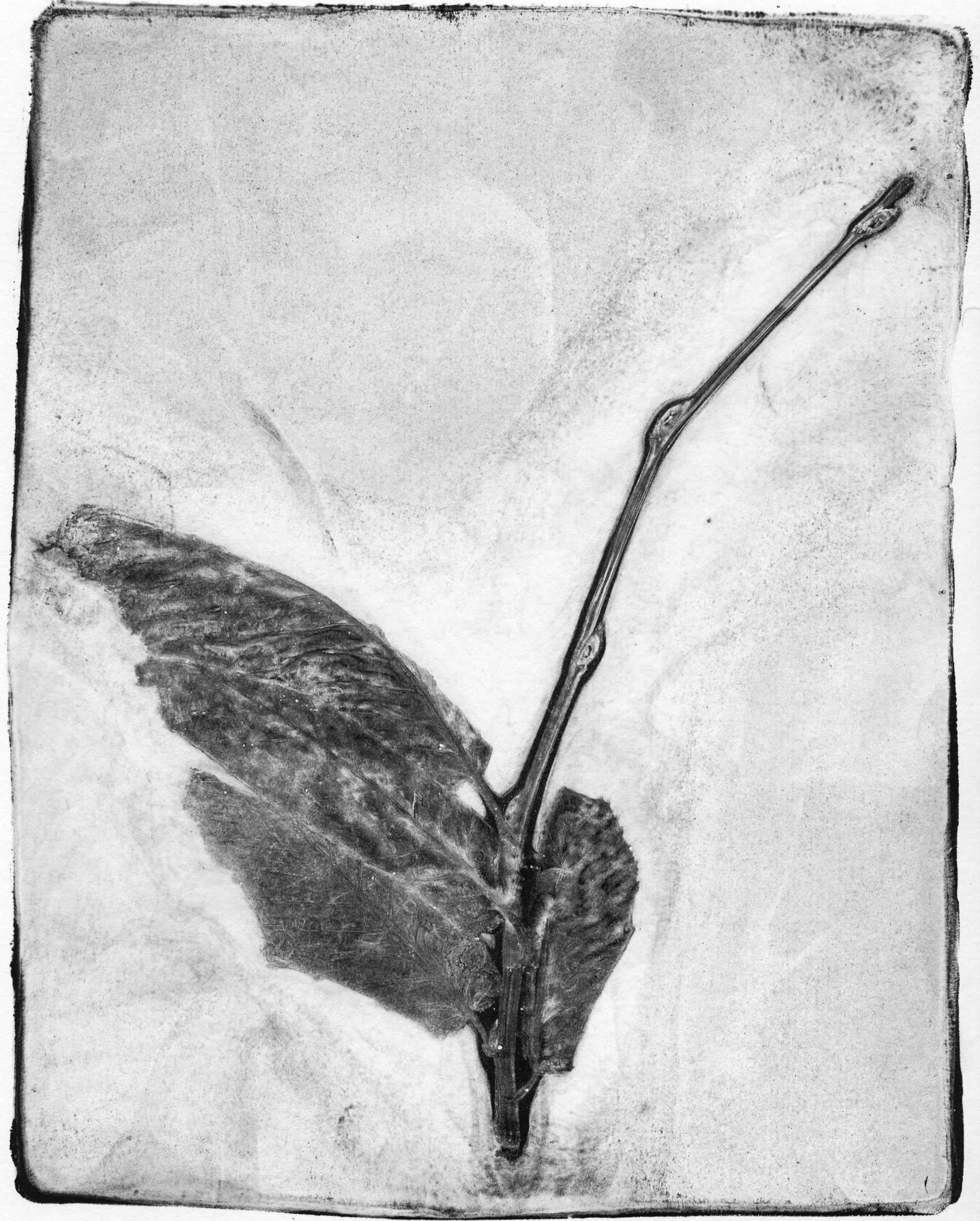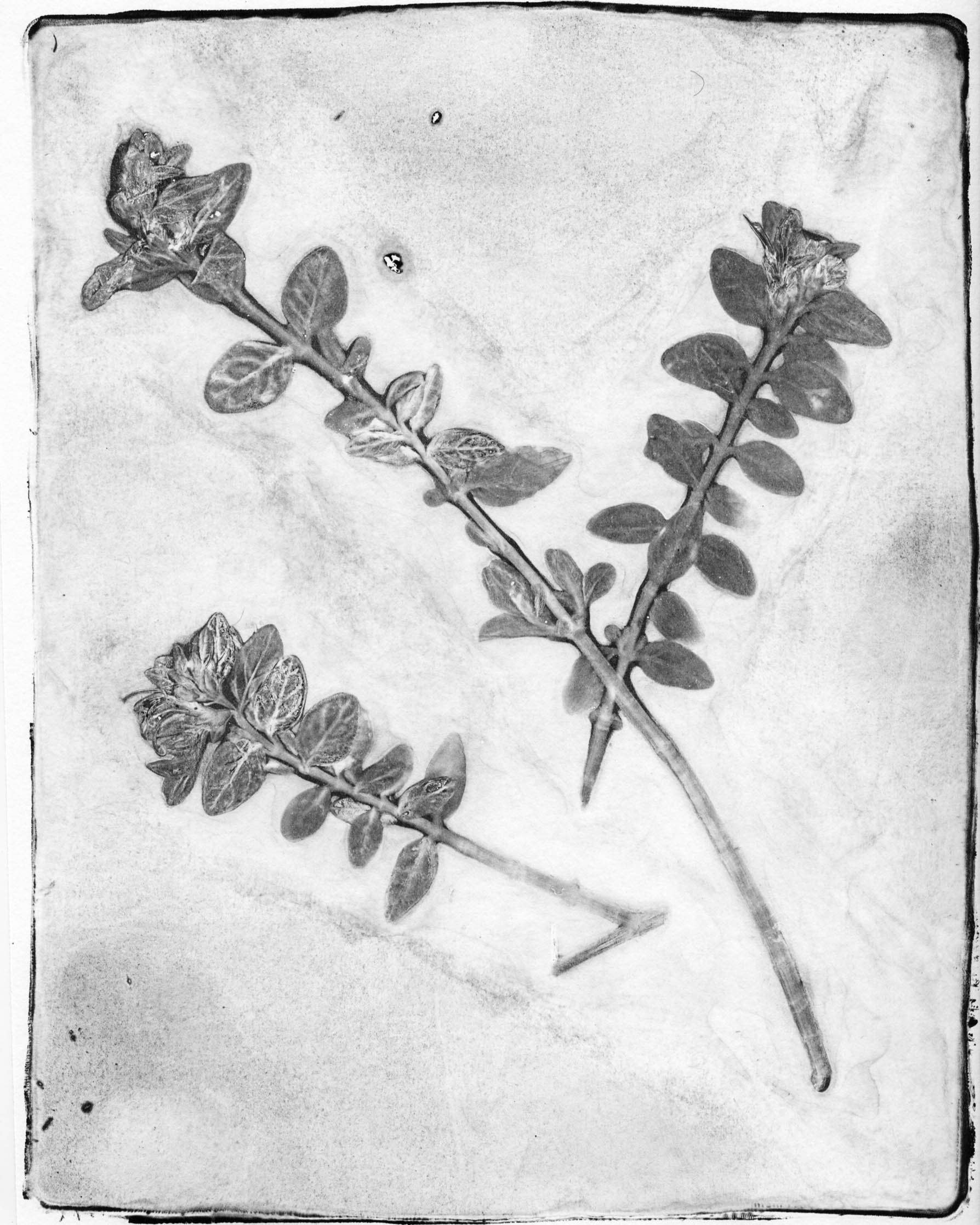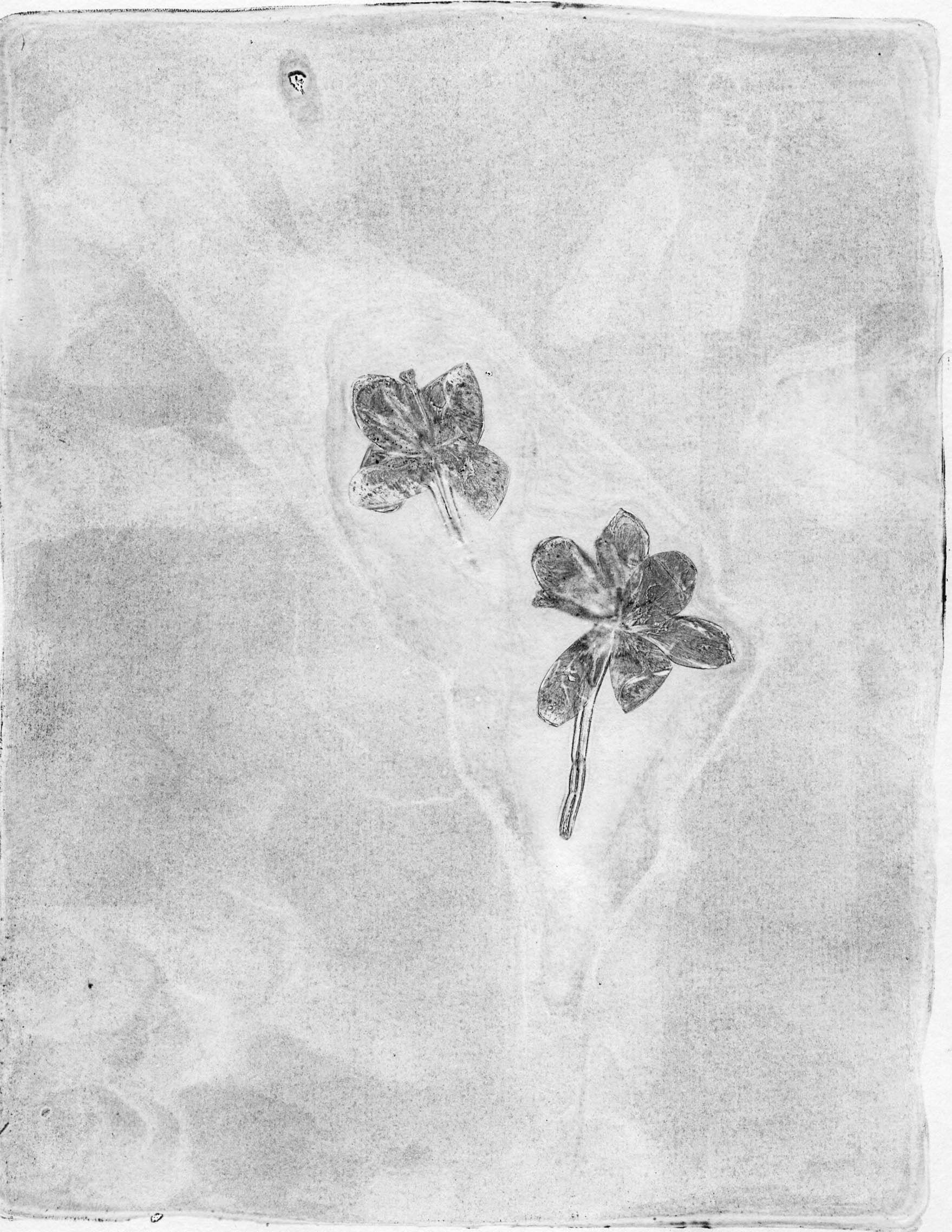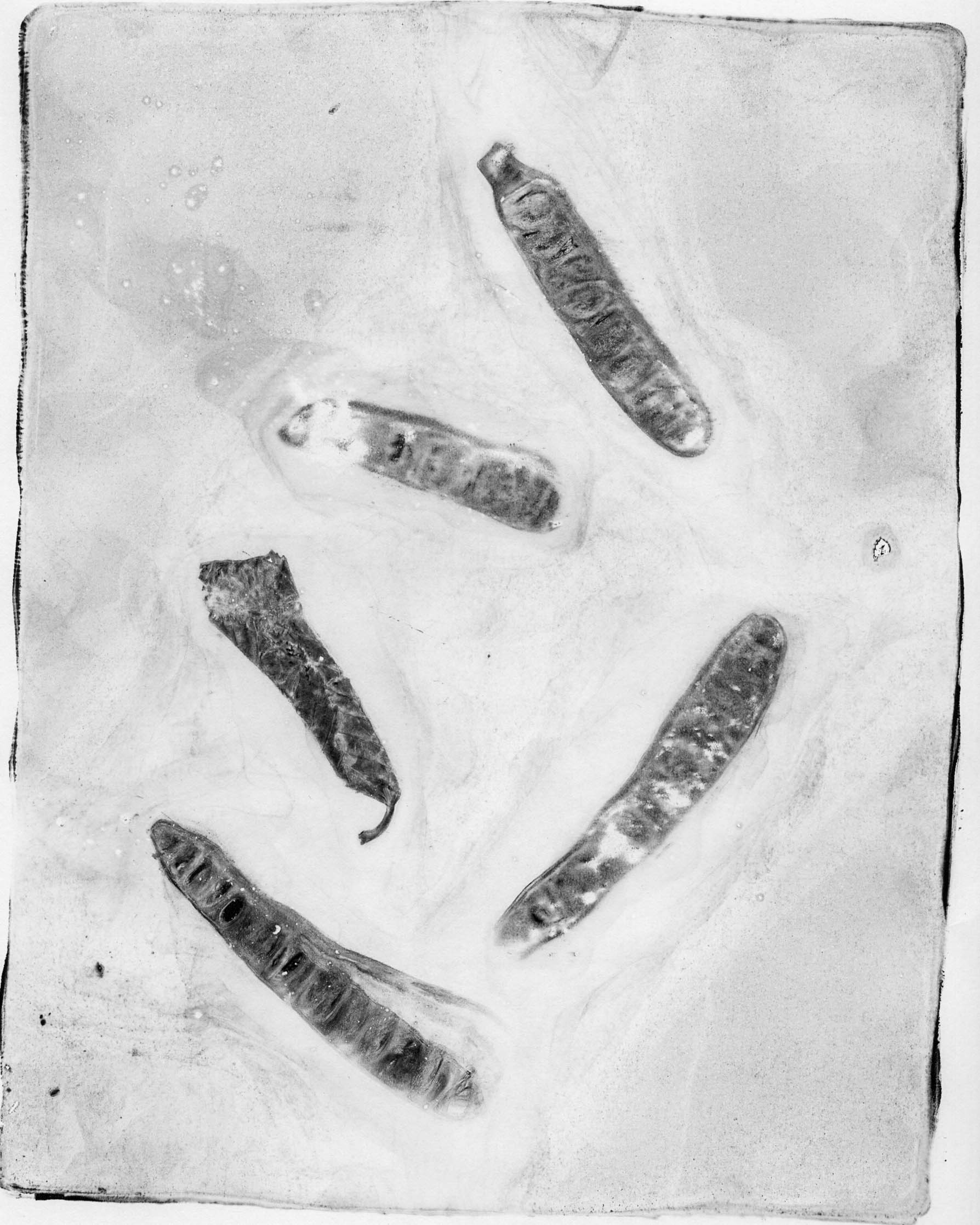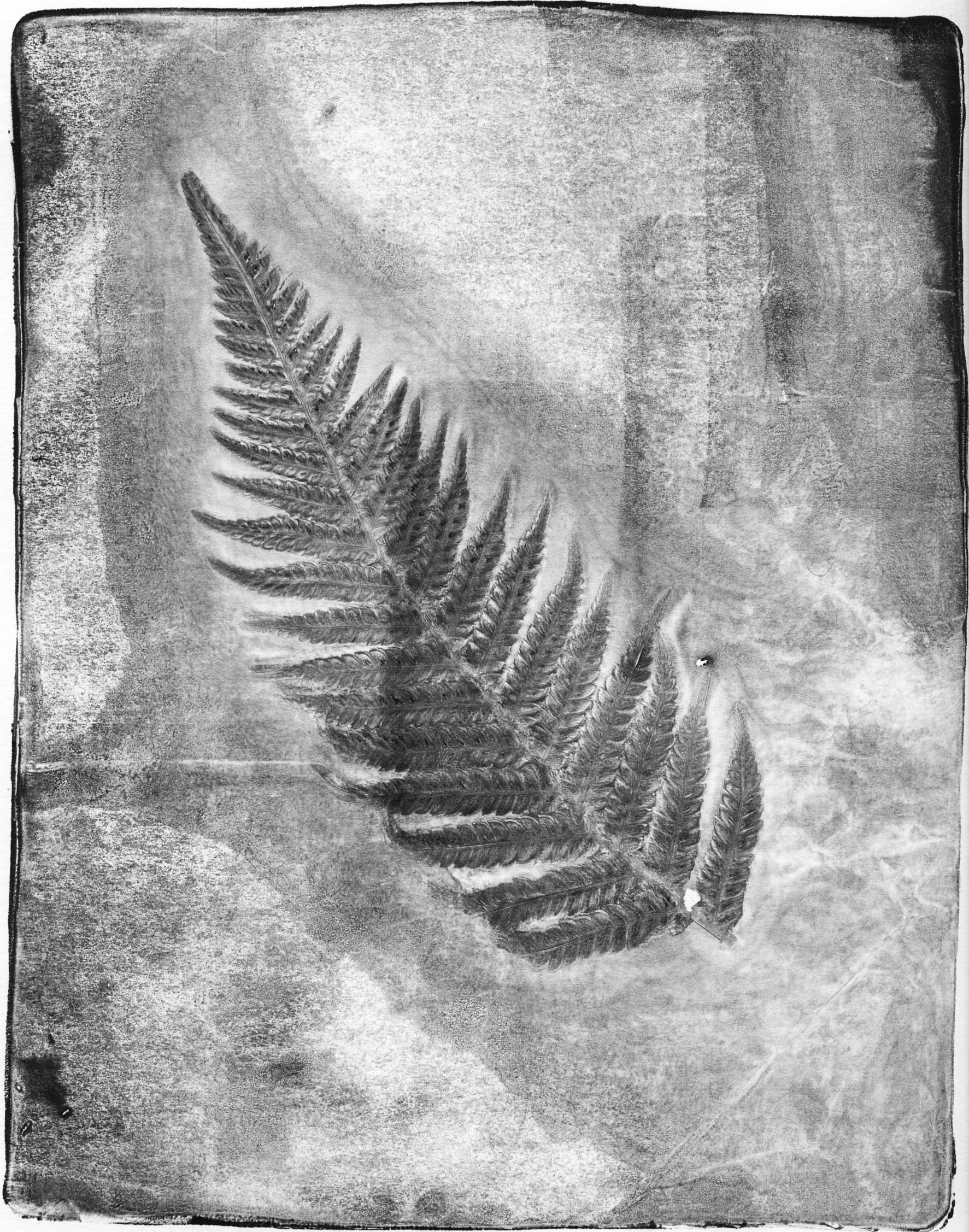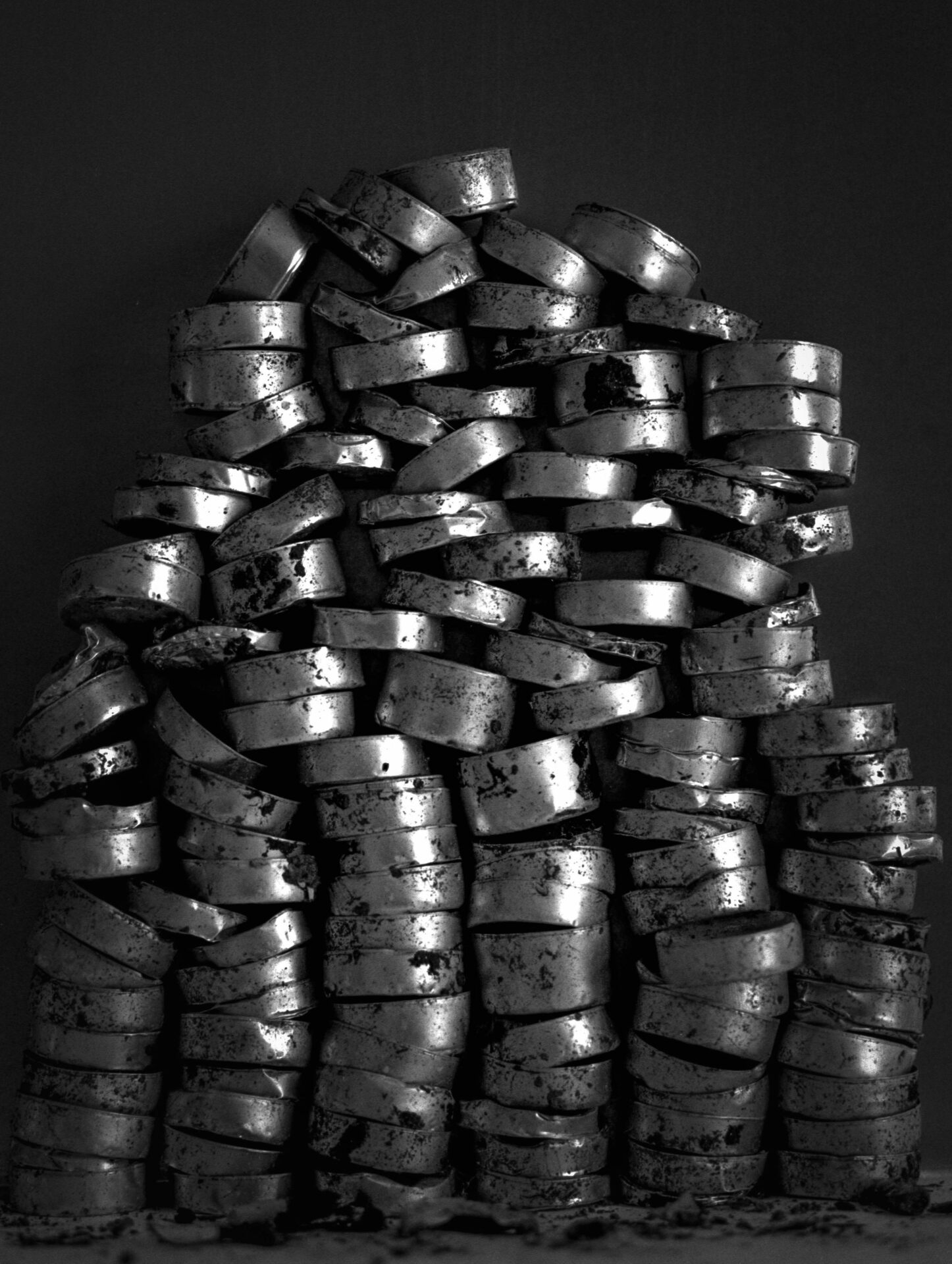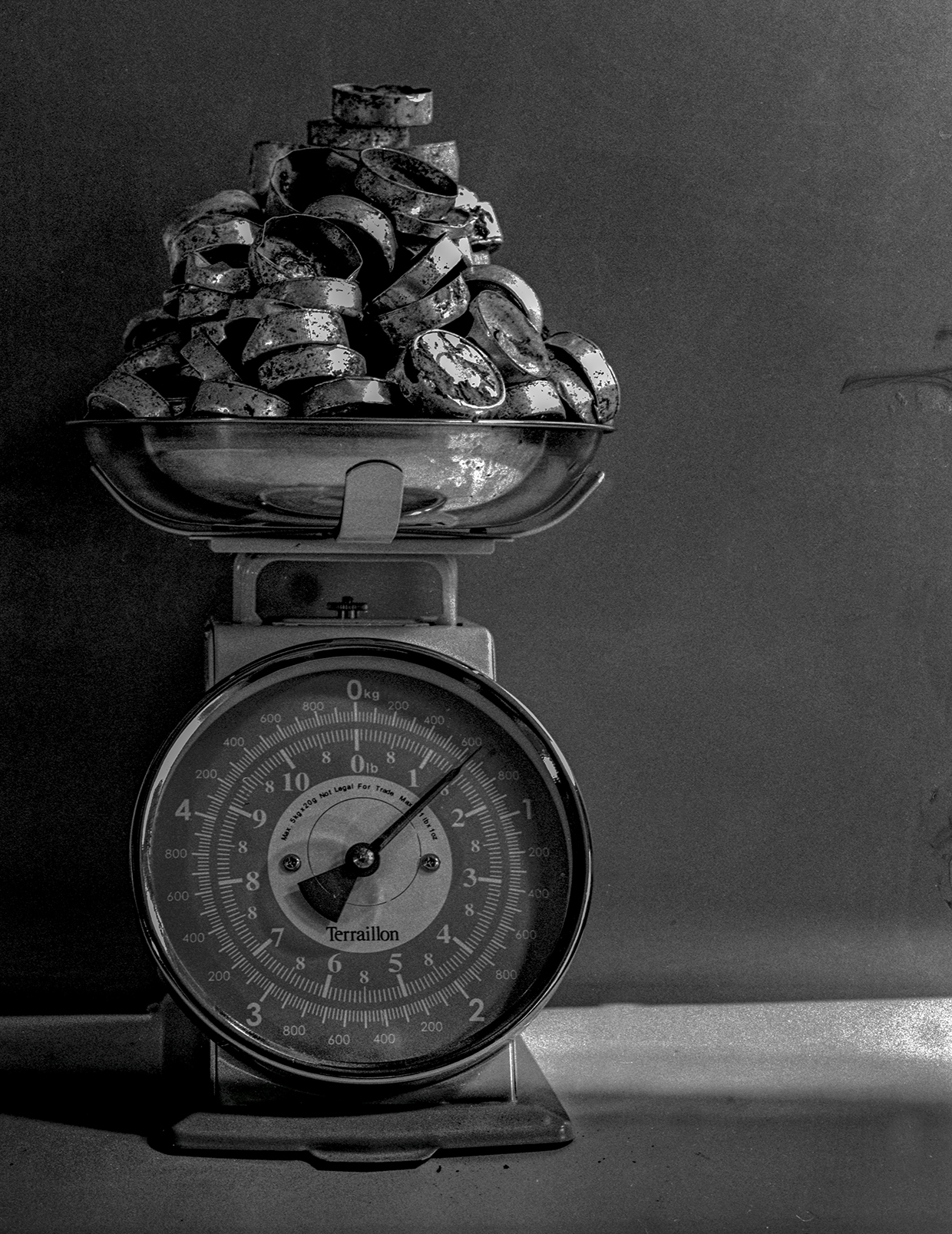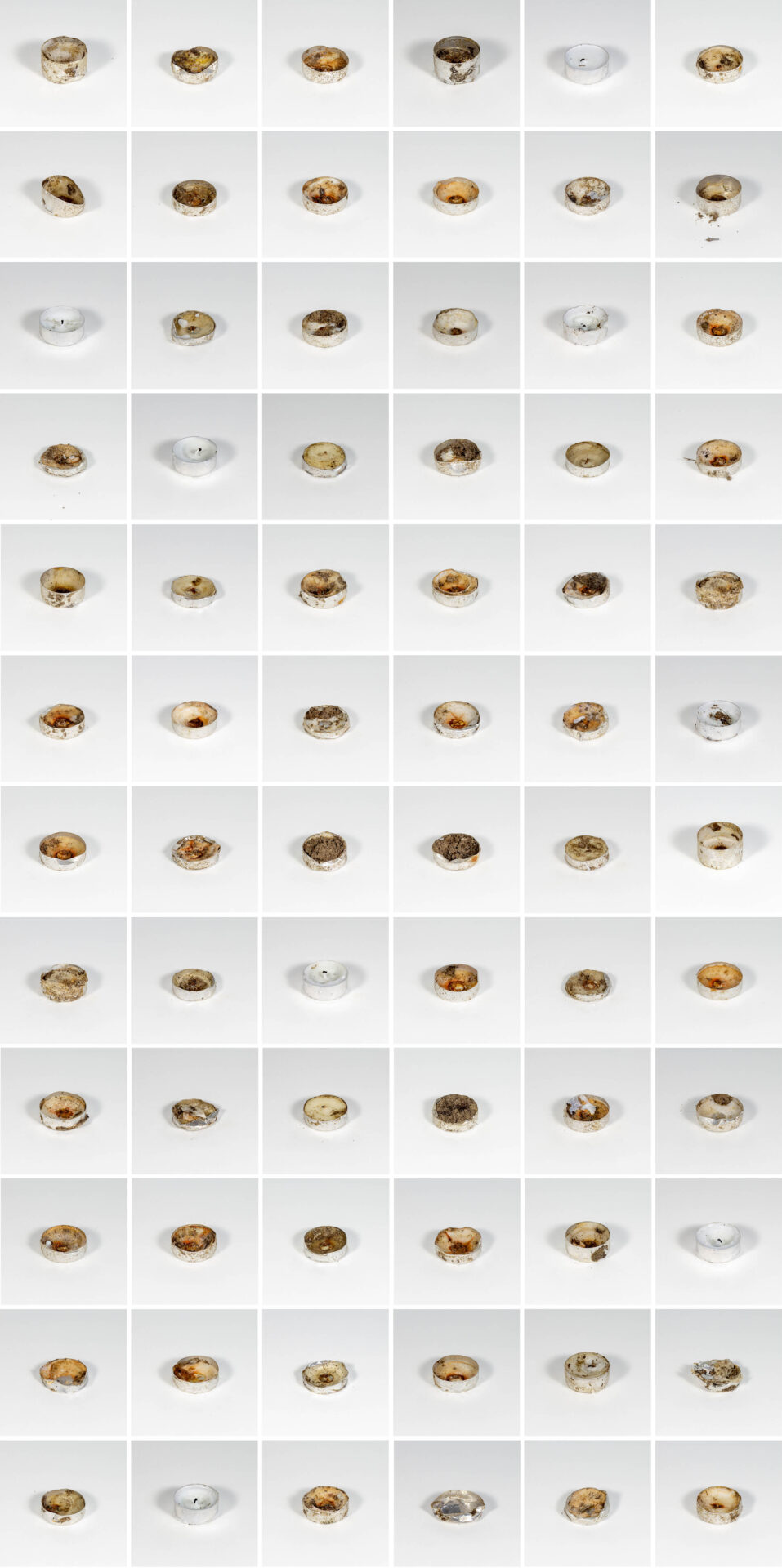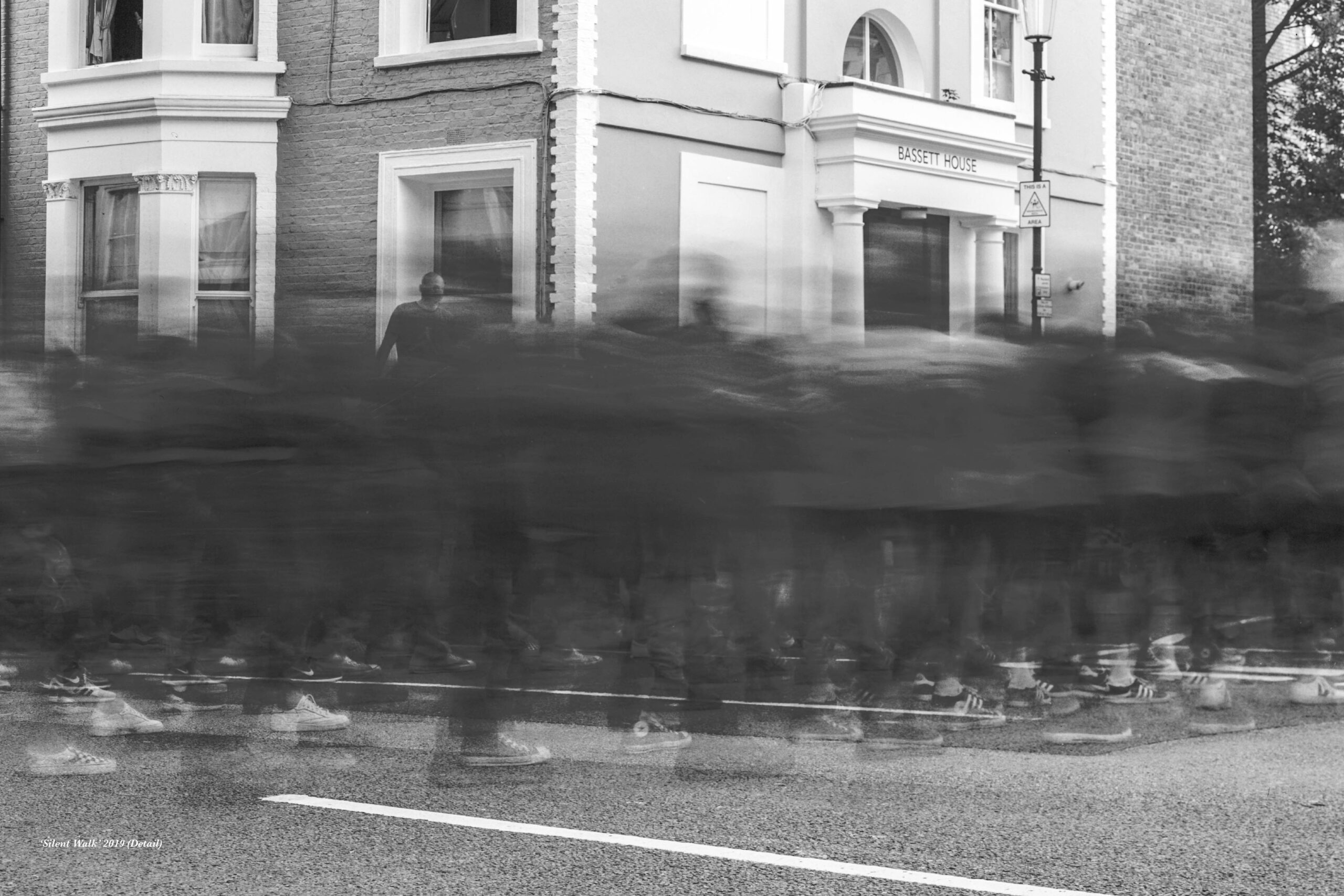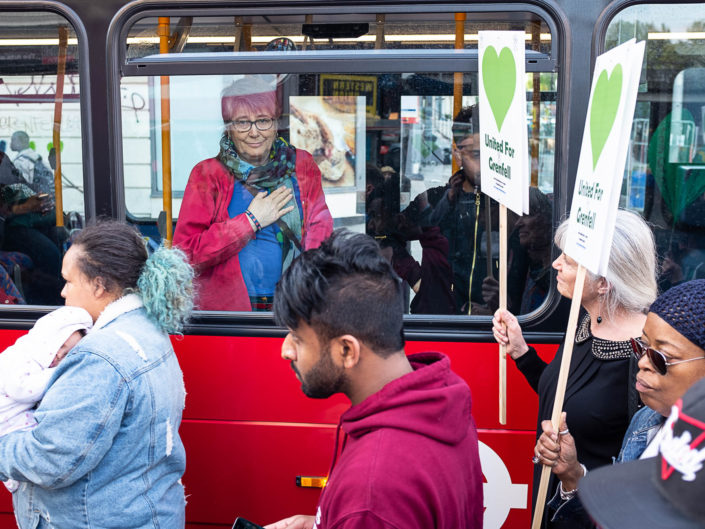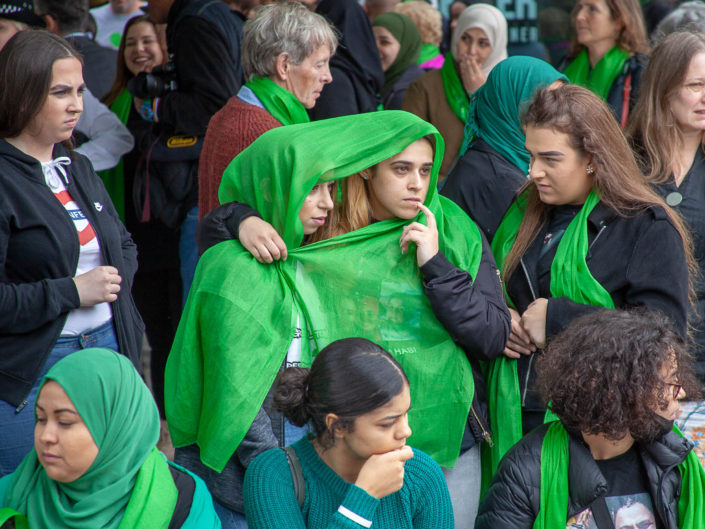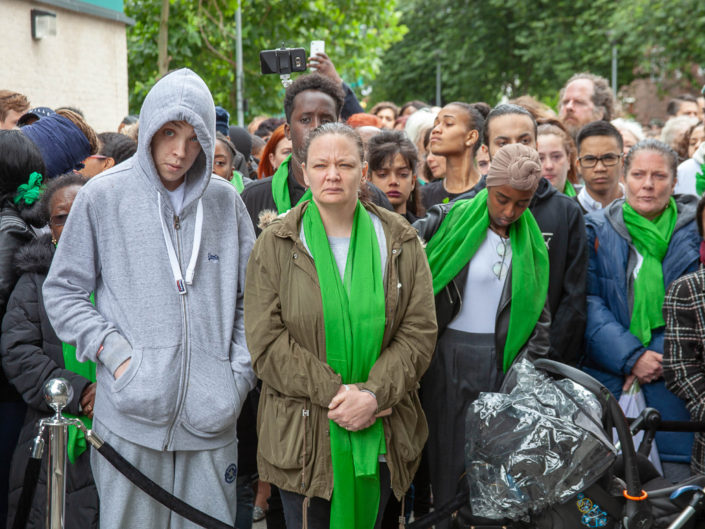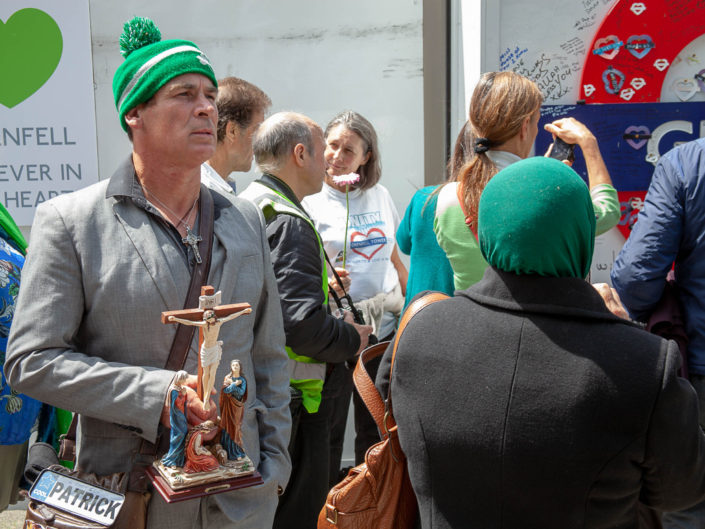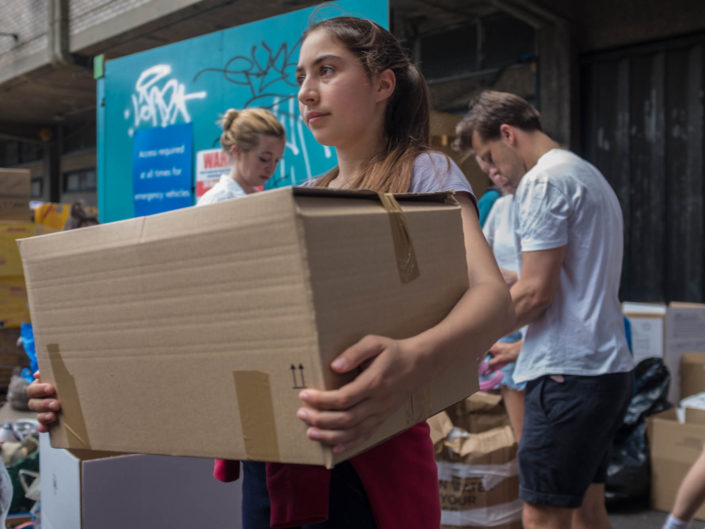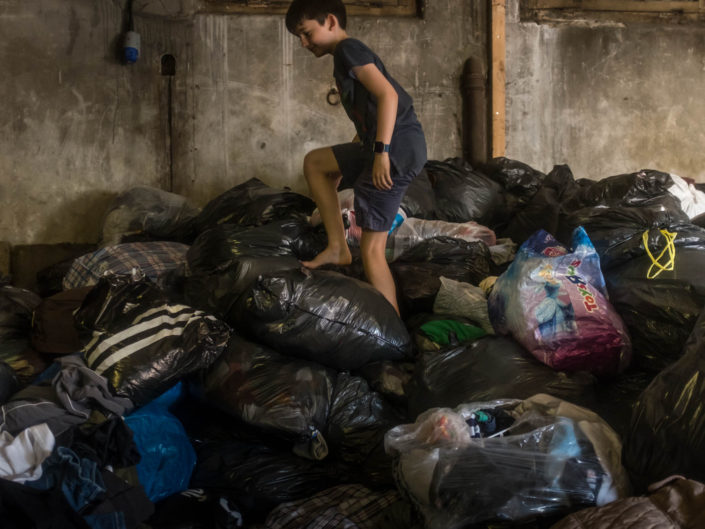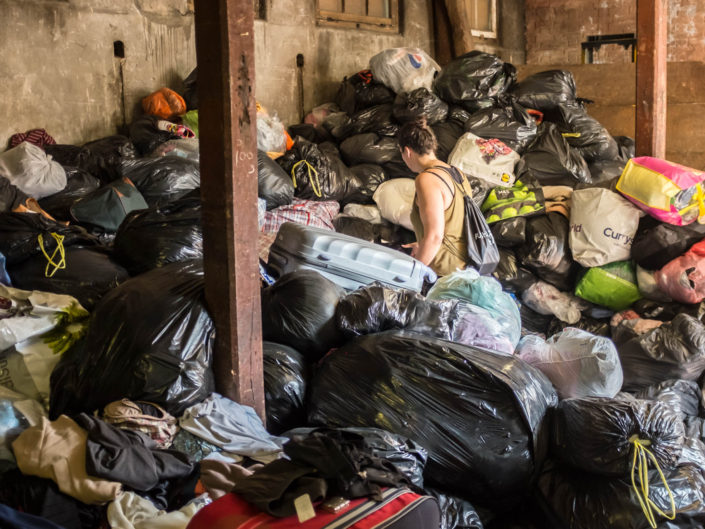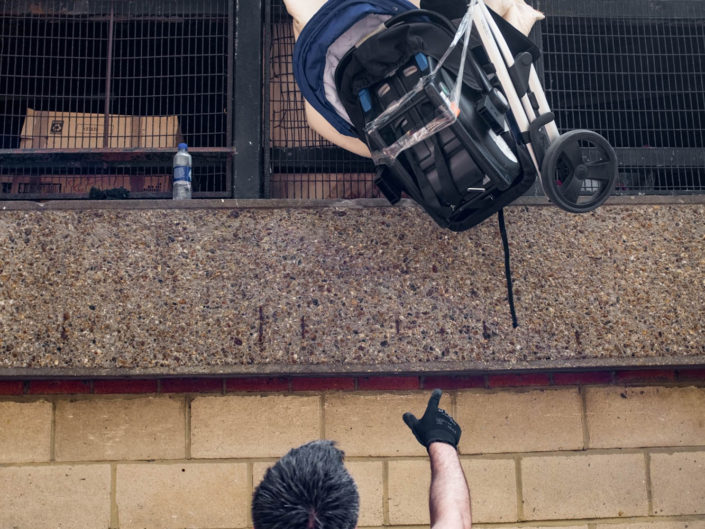SMOKE & MIRRORS
It has now been eight years since the fire at Grenfell Tower on the night of June 14, 2017. The fire, which began in a kitchen on the fourth floor, rapidly engulfed the building, spreading via highly flammable cladding that should never have been used. The materials were not only unfit for purpose but had been installed in clear violation of existing safety regulations. These decisions were not isolated mistakes. They were the result of coordinated actions—an ongoing pattern of collusion between private building firms, suppliers, and the local authority. Together, these groups ignored repeated warnings and prioritised cost savings, reputation management, and procurement targets over human life.
What happened at Grenfell was not an unforeseeable accident. It was a preventable disaster brought about by institutional failure and corporate self-interest. The loss of 72 lives and the impact on hundreds more—families, neighbours, and communities—was the direct outcome of a broken system in which accountability was consistently avoided and responsibility diluted.
For the past years, I have been photographing the aftermath of the fire, engaging with the community around Grenfell, and bearing witness to the sustained activism, grief, and collective strength shown by those most affected. This work comes from a place of proximity—both emotional and geographical. I live only a few hundred metres from the tower. The community’s ongoing campaign for justice is not abstract to me; it is something I have seen and felt, something that continues to shape our daily lives.
The official public hearings of the Grenfell Tower Inquiry have concluded, and the panel is now in the process of writing its final report. But for many survivors and bereaved families, there is a sense of growing frustration. The process has been long, opaque, and difficult to trust. People are tired of waiting. Tired of promises that go nowhere. Tired of seeing institutions deflect responsibility.
As an artist, I use photography and related materials to explore ideas of neighbourhood, belonging, and how policy decisions filter into people’s everyday lives. I’m interested in what happens when communities are subjected to long-term neglect, when safety becomes a matter of postcode, and when profit is placed above care. In documenting Grenfell, I am not trying to offer answers, but rather to raise questions that shouldn’t go away.
The tower, still wrapped in white plastic, remains a stark presence in our landscape—a visible symbol of institutional failure. It stands in one of the wealthiest boroughs in the country, yet it tells a story of inequality, injustice, and the enduring consequences of political and corporate negligence. The people affected by this disaster continue to live with its aftermath. They continue to demand change. The challenge is to ensure that the conditions that allowed this to happen are not quietly repeated elsewhere. Justice must mean more than words—it must lead to accountability and meaningful change.
POLAROIDS
In the immediate aftermath of the fire I found it impossible to take photographs of the burnt out building. It felt wrong, disrespectful and crass.
It took me a long time to start making images that might go beyond reportage pictures and this is one of the first in a series of Polaroids I shot. I was interested in how Polaroid cameras were often used by police at crime scenes – to record details and the location of objects. They were considered truthful images and were used as evidence of proof in court and trial proceedings.
Polaroid pictures have a particular temporal quality; seeming to hold time within their surface in a peculiar, spectral manner. The pictures carry their usual hallmarks of indistinctness, colour shift and texture and don’t seem to record the scene so much as absorb it. While these pictures can be produced in a few short minutes, like answers unforthcoming; they seem to conceal as much as they reveal. I photographed the tower from a distance and obscured it with a disc of flowers, or clouds – images chosen to signify the passing of time and rebirth.
Polaroid cameras were often used by police at crime scenes – to record details and the location of objects.
GRAPHICS & WORKS ON PAPER
Tower of Shame
The names of the corporations, companies and council organisations involved in the doomed refurbishment of Grenfell Tower represented here in the colours of the cladding available on their sales websites. As witnesses at the first phase of the Grenfell Tower Inquiry, they were accused of a “merry-go-round of buck passing” by Richard Millett QC, leading council to the Inquiry. He said that the other corporate participants and management company Kensington and Chelsea Tenant Management Organisation (KCTMO) were engaging in an effort to shift the blame. “One finds within these detailed and carefully crafted statements no trace of any acceptance whatsoever of responsibility for what happened at Grenfell Tower,” he said.
“Any member of the public would be forced to conclude that everybody involved in the refurbishment of Grenfell Tower did what they were supposed to do and nobody made any serious or causative mistakes.”


